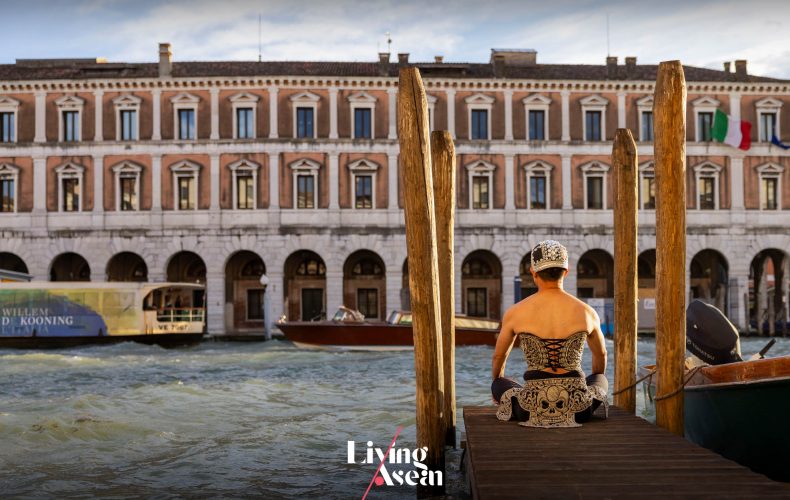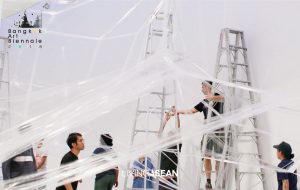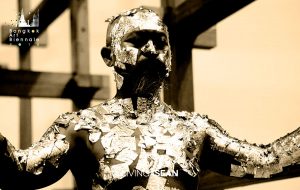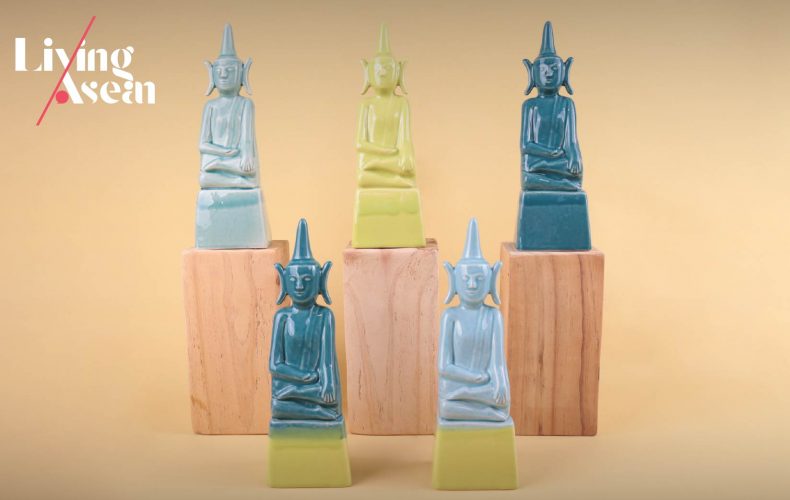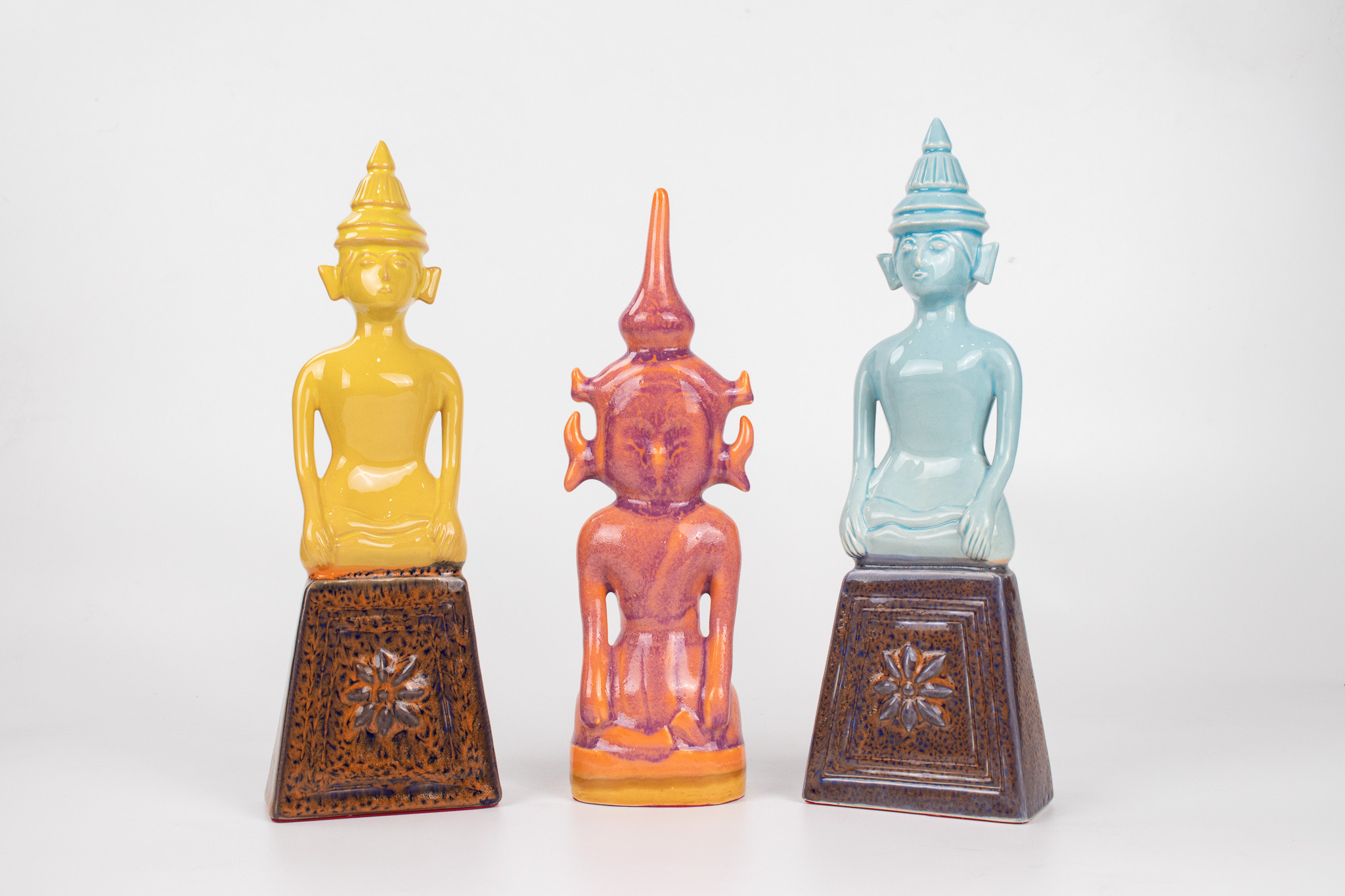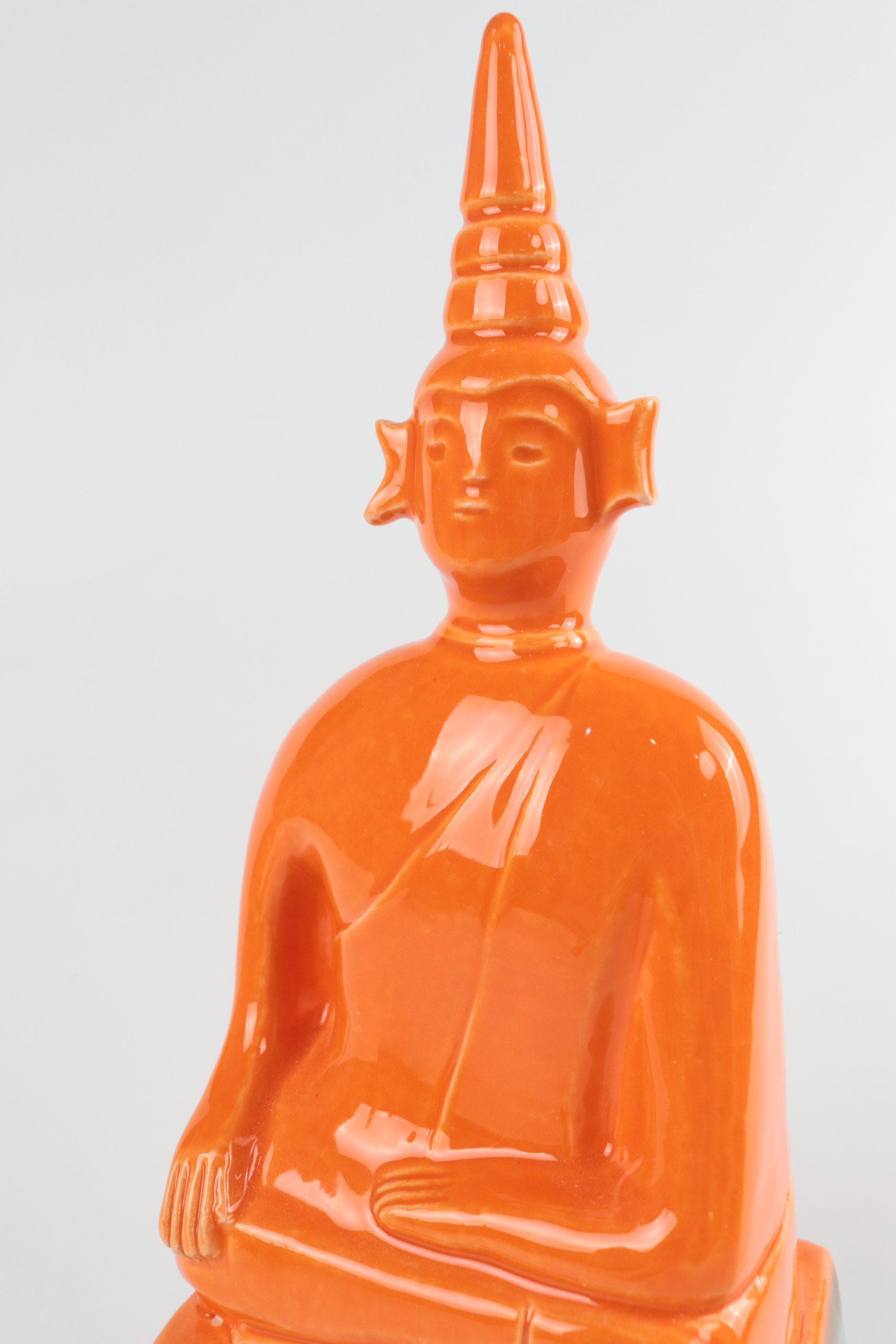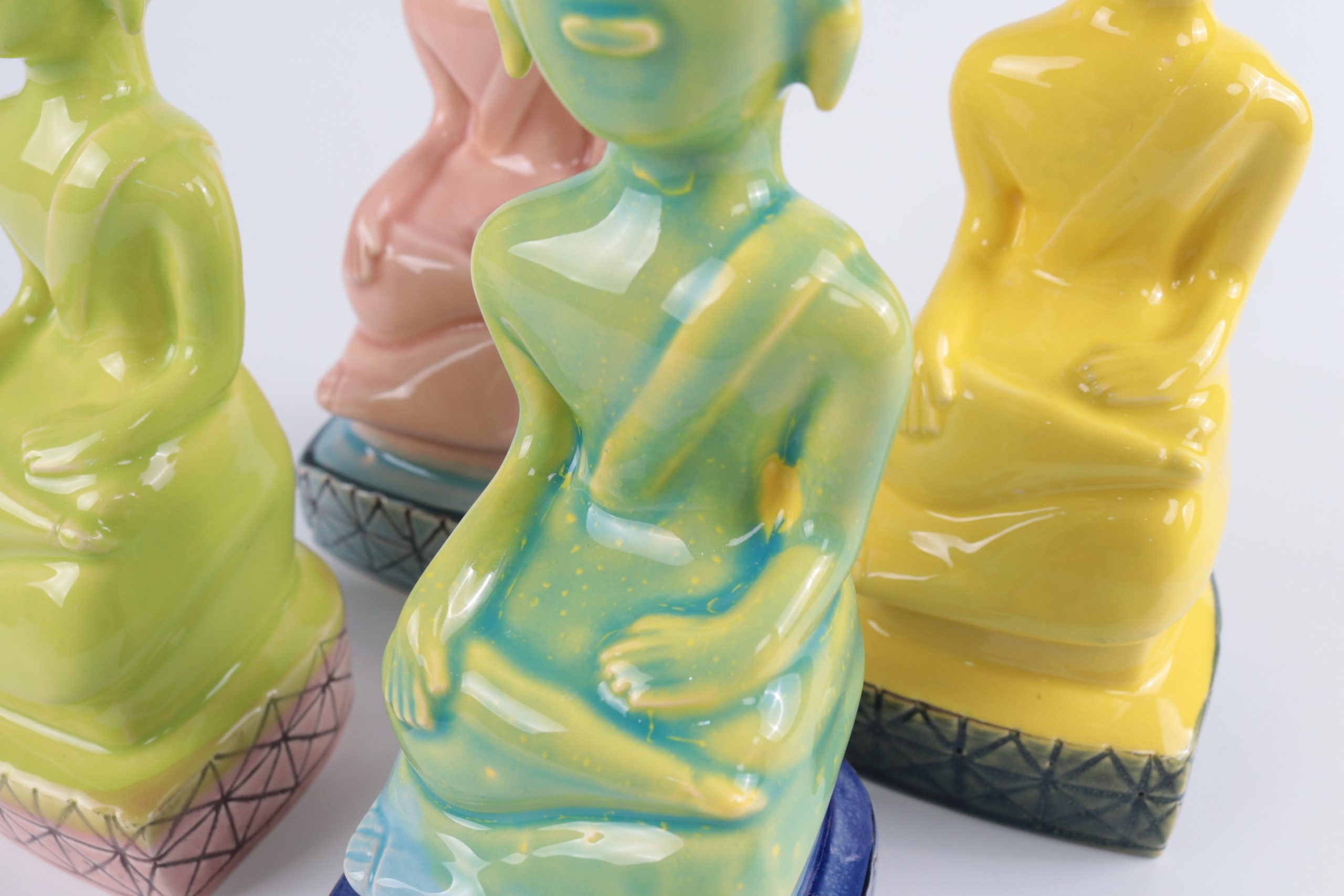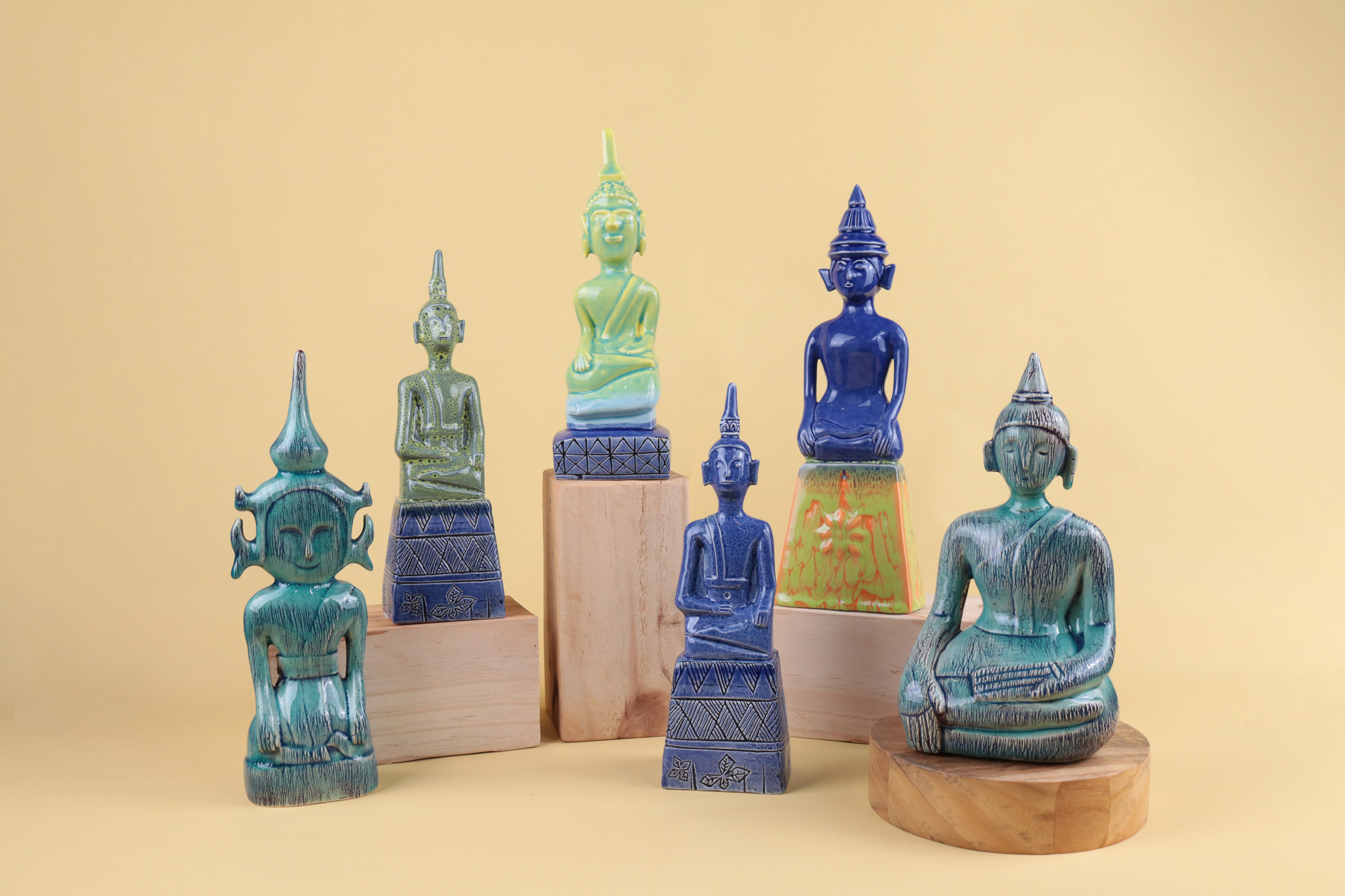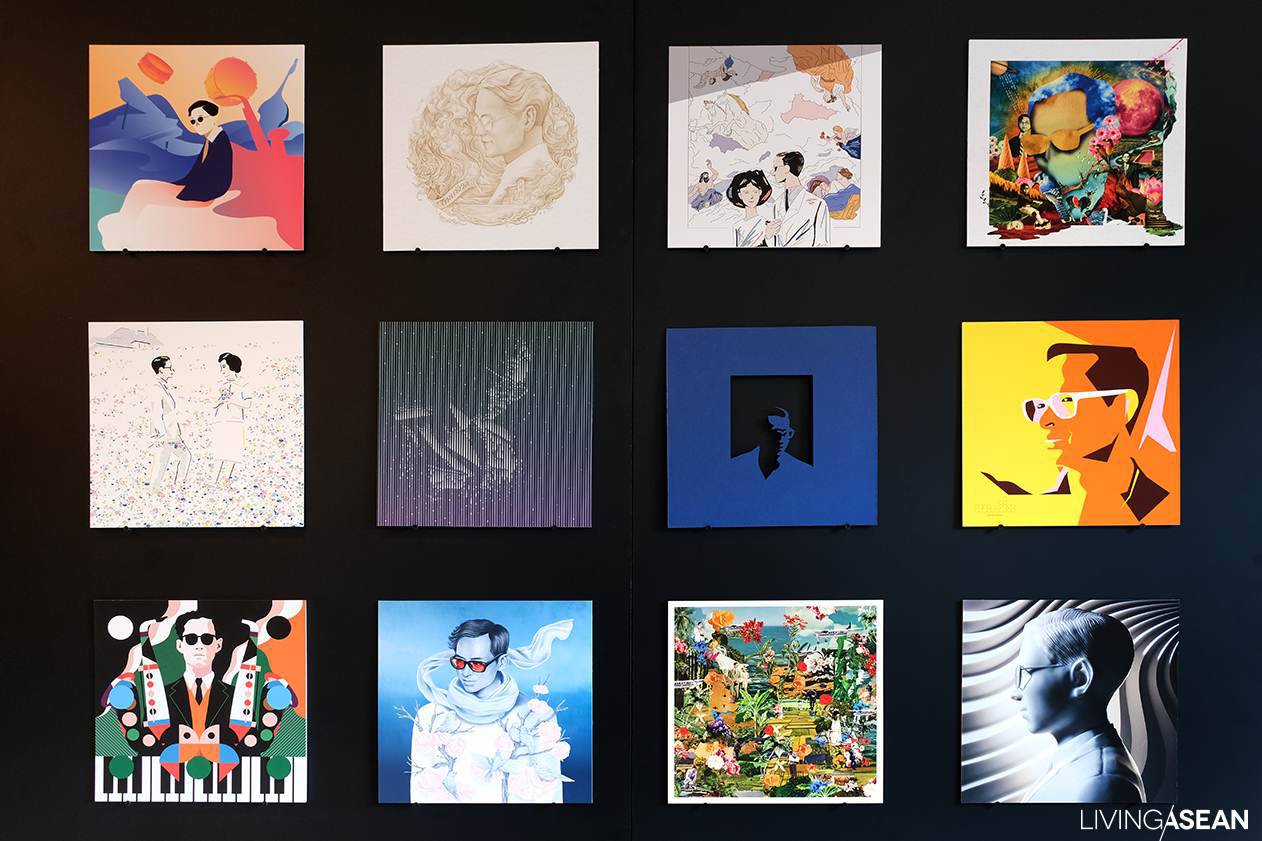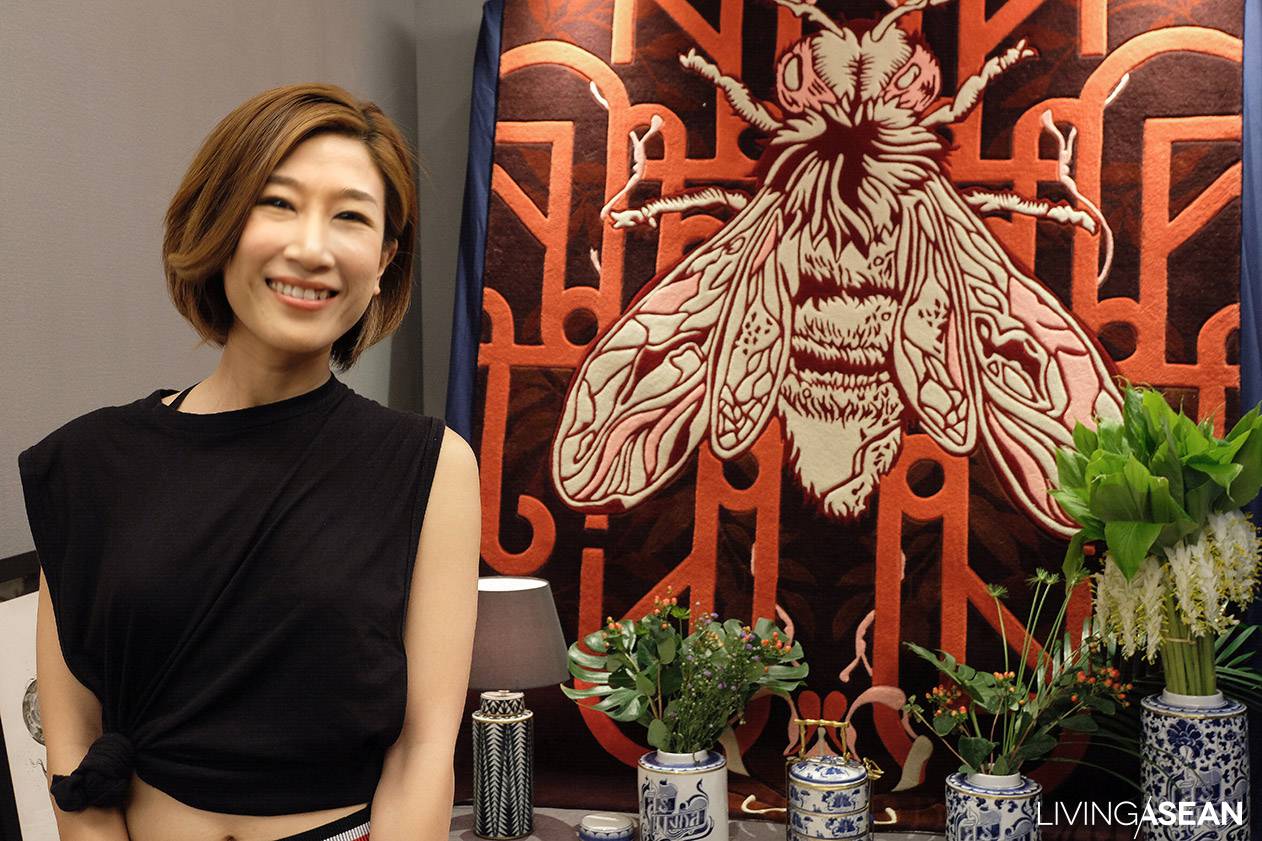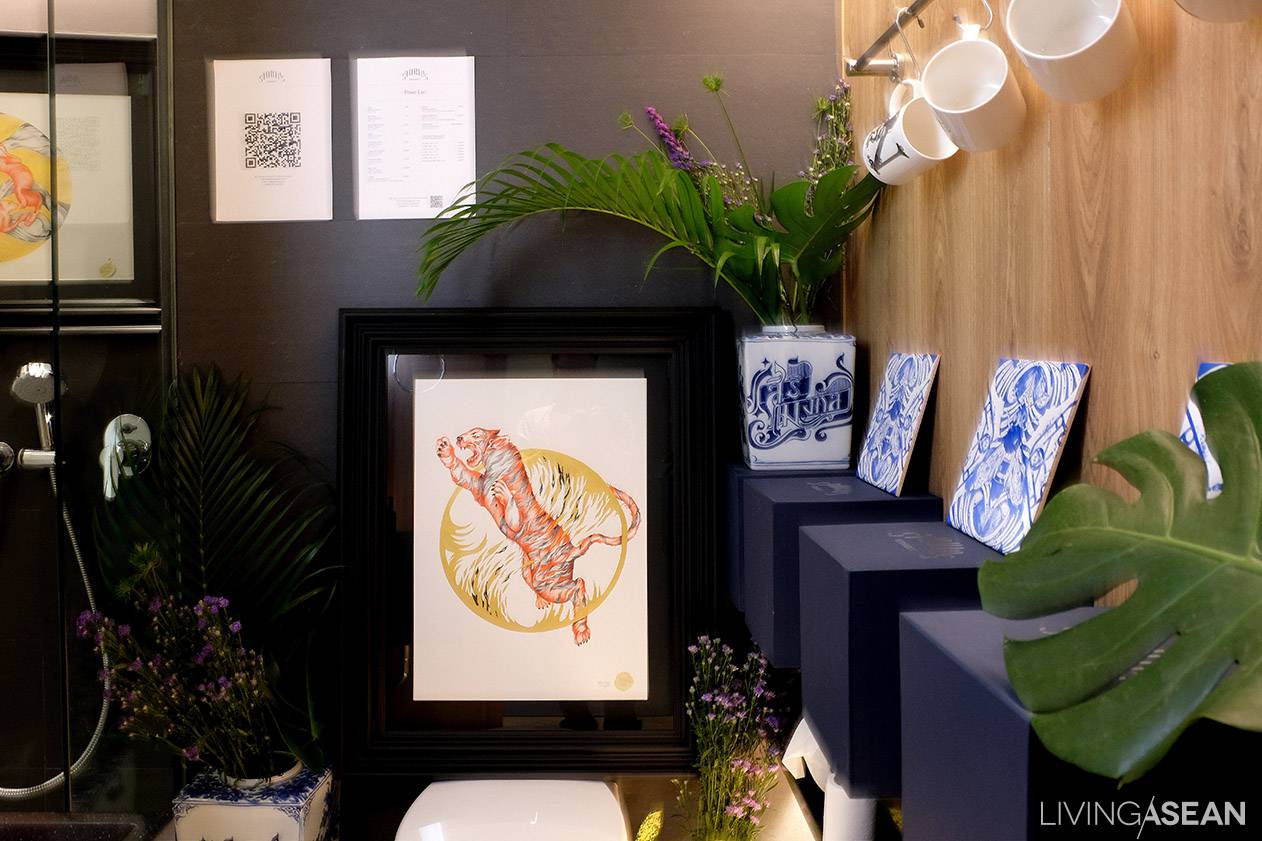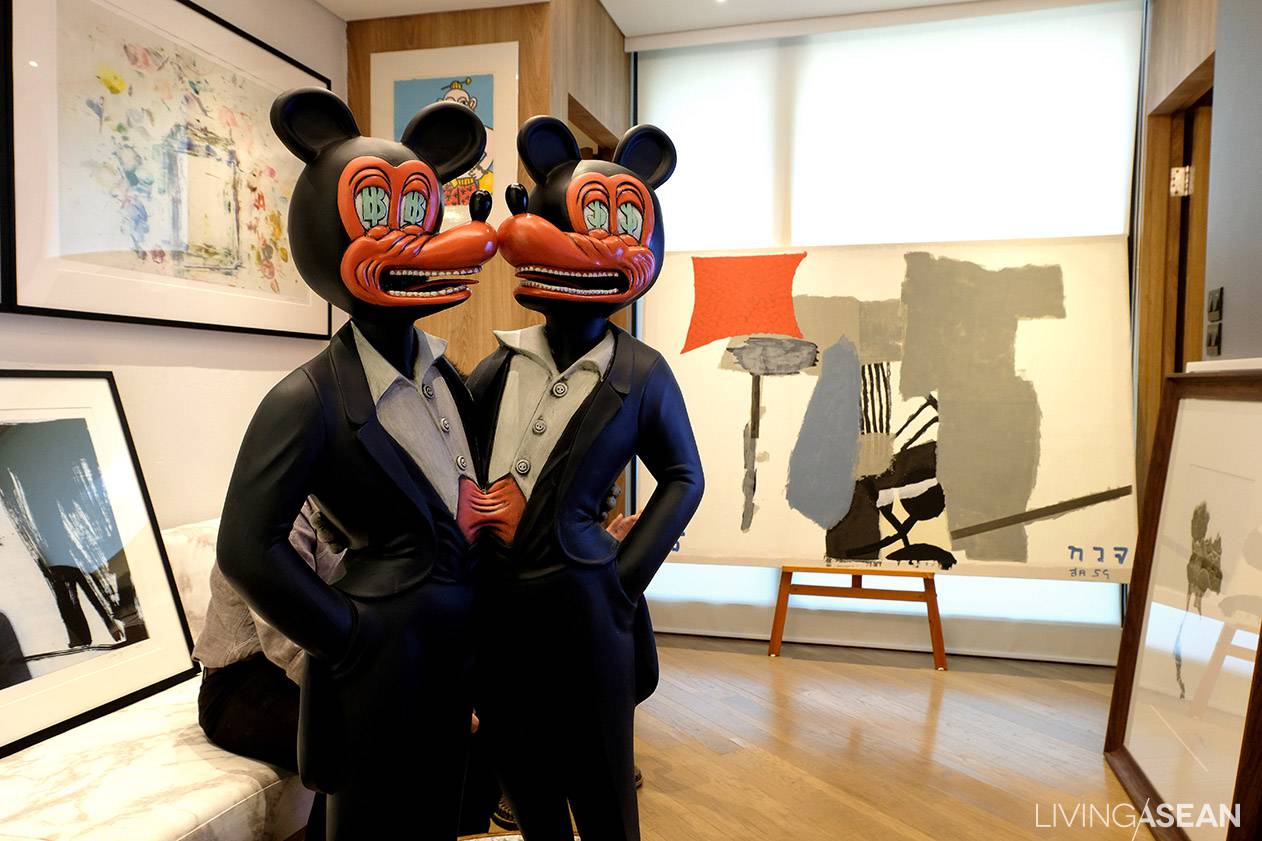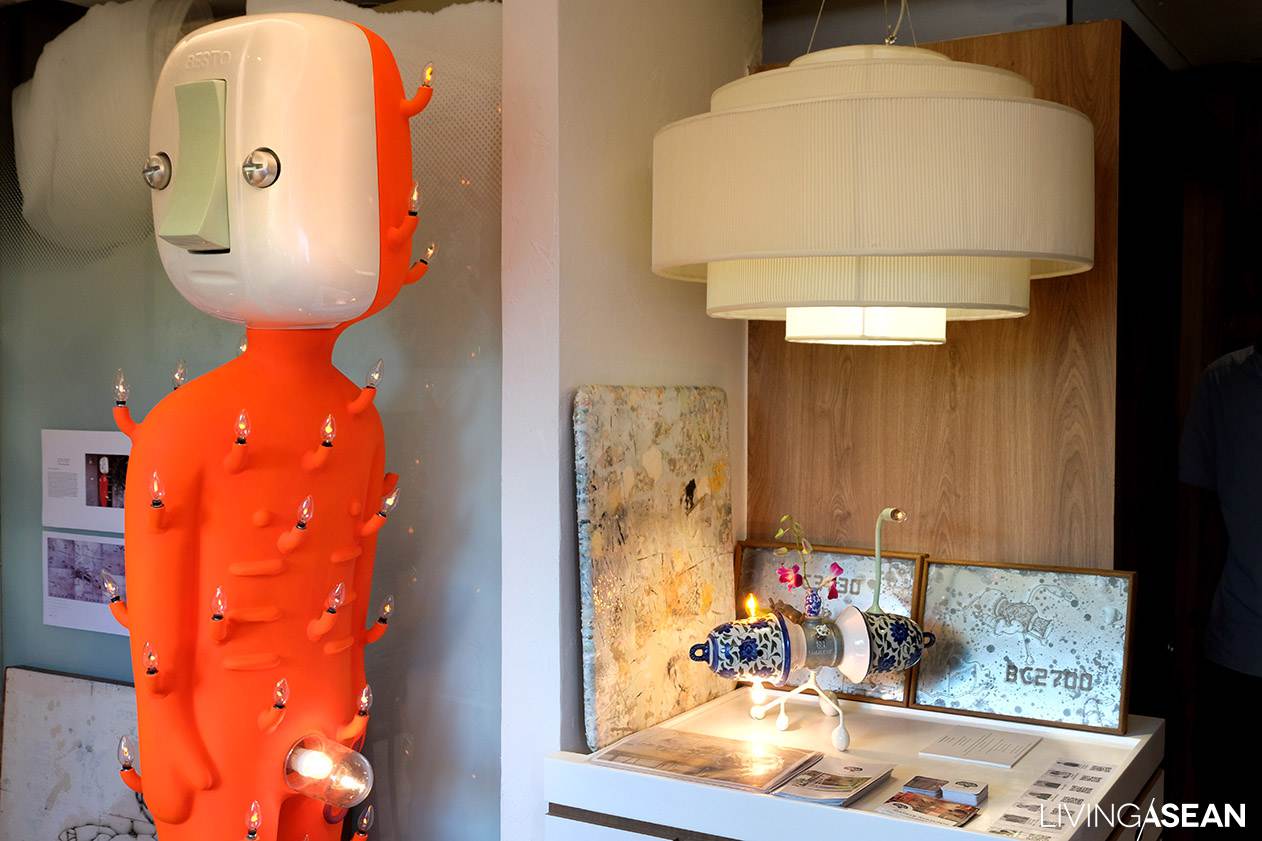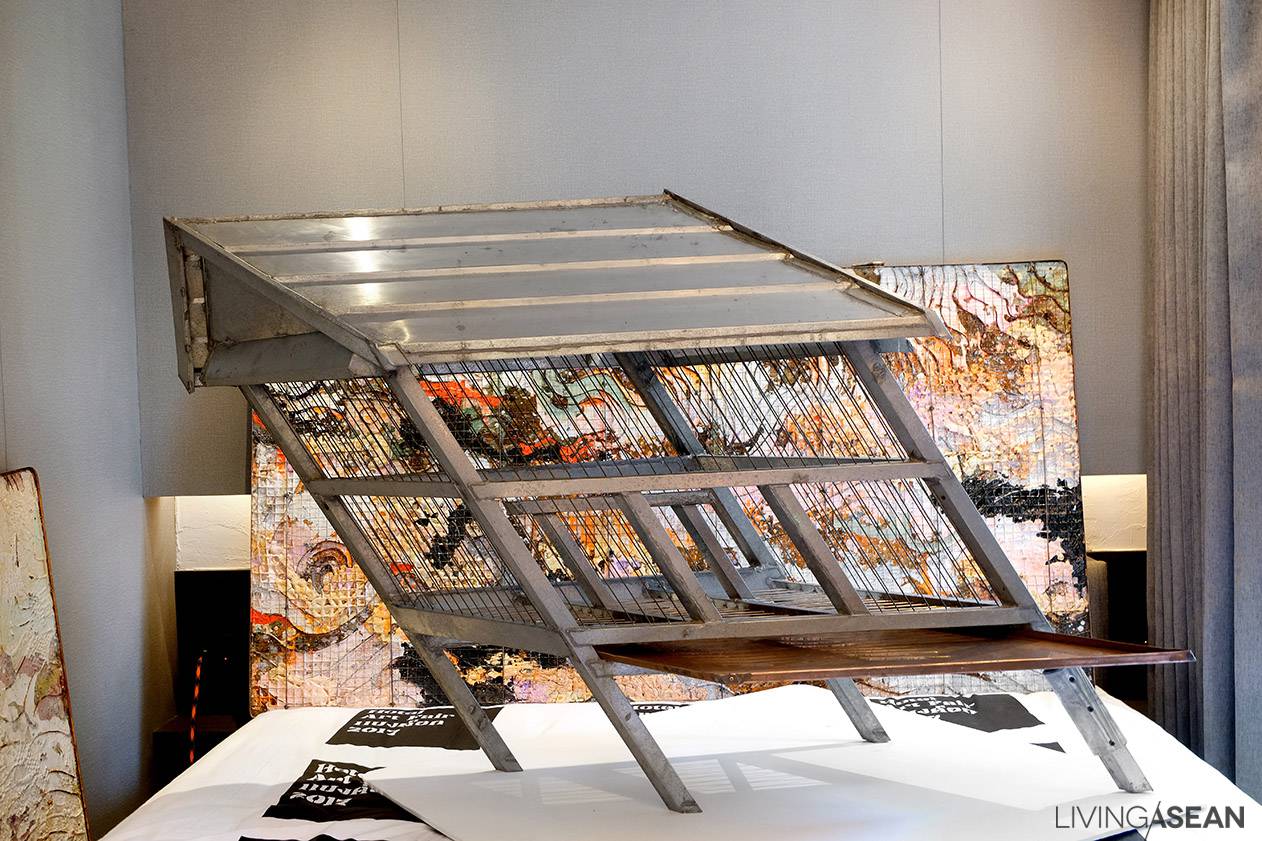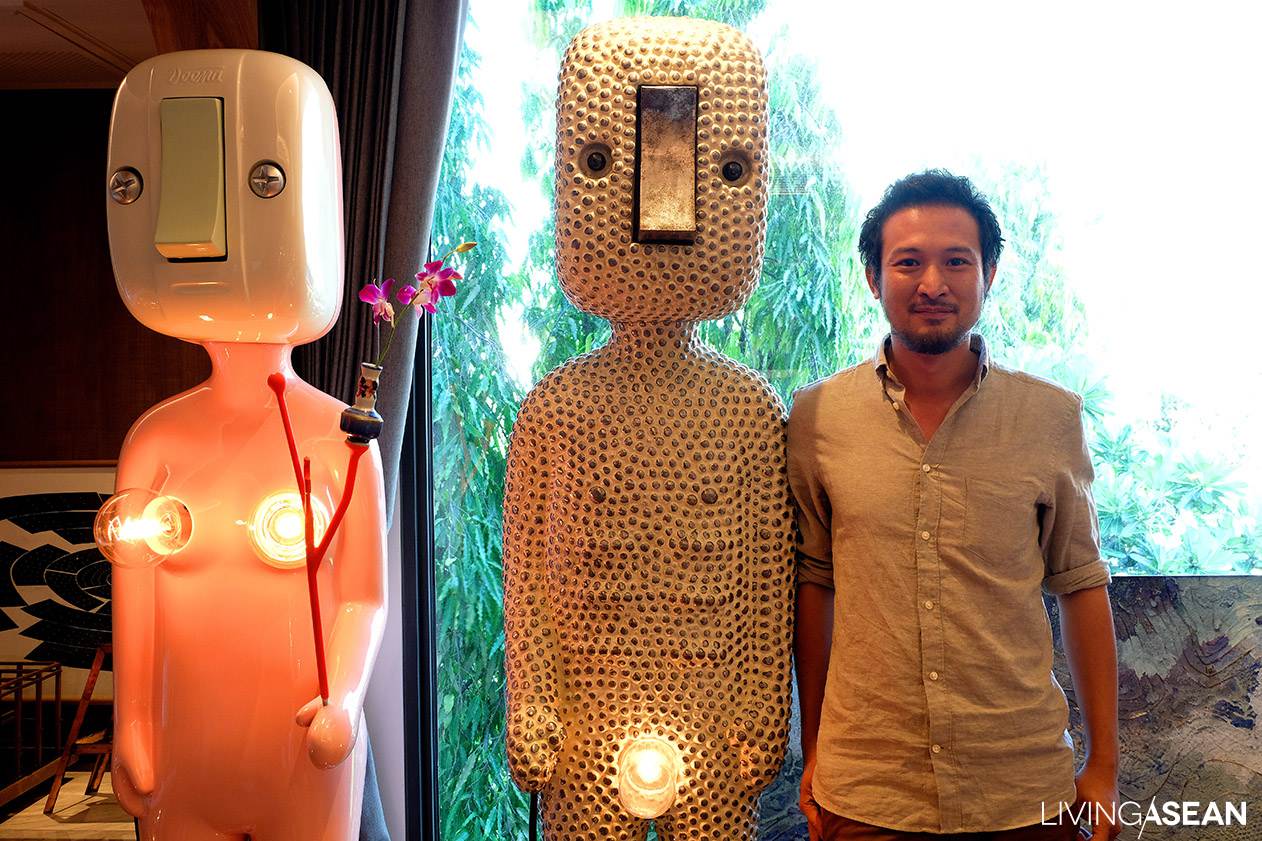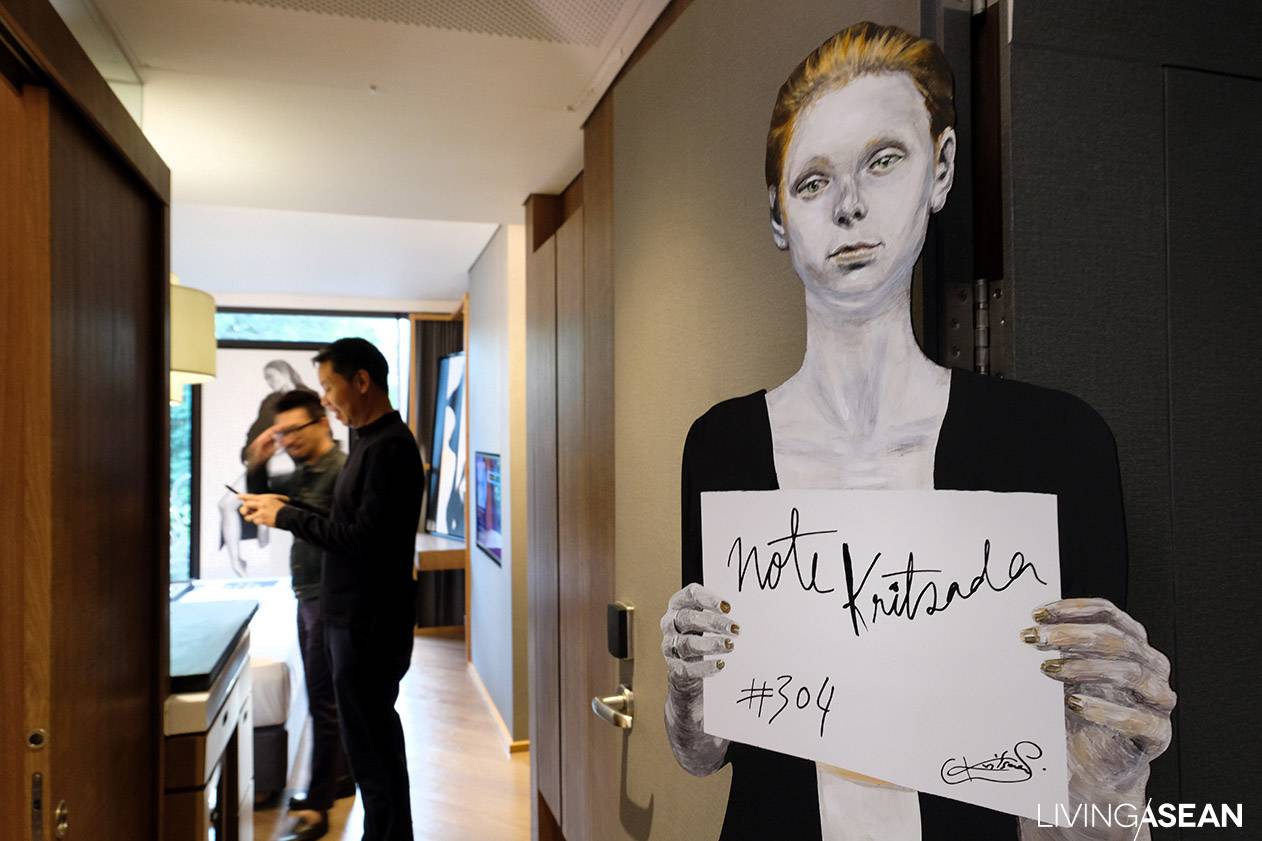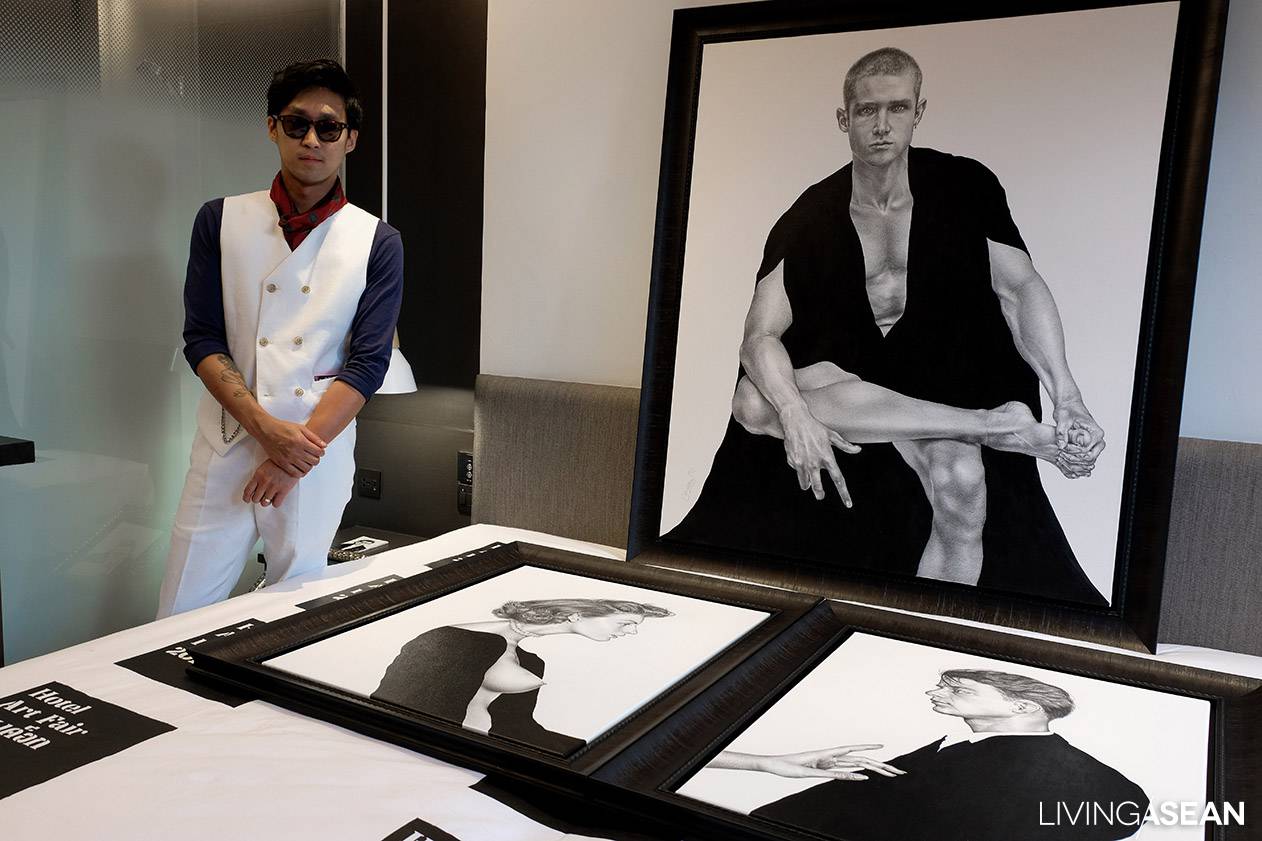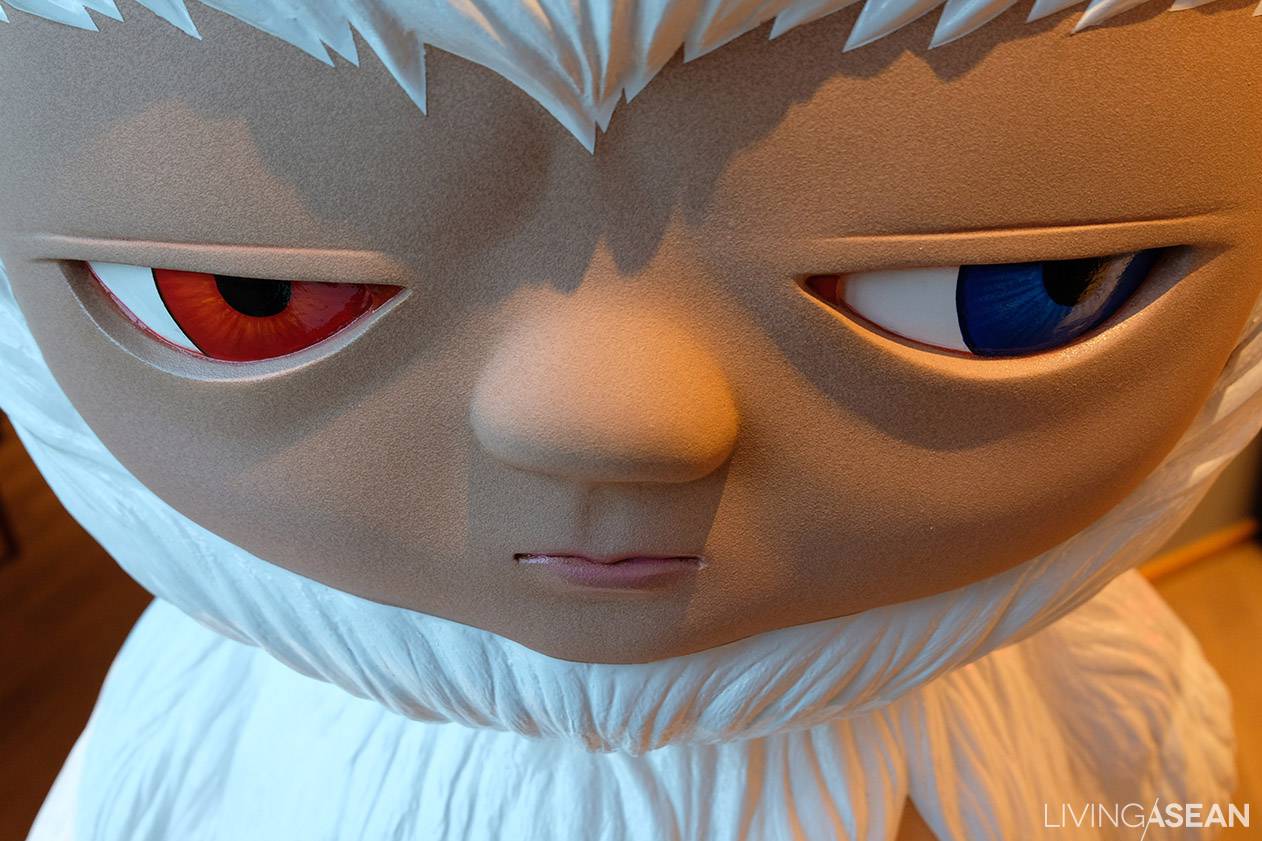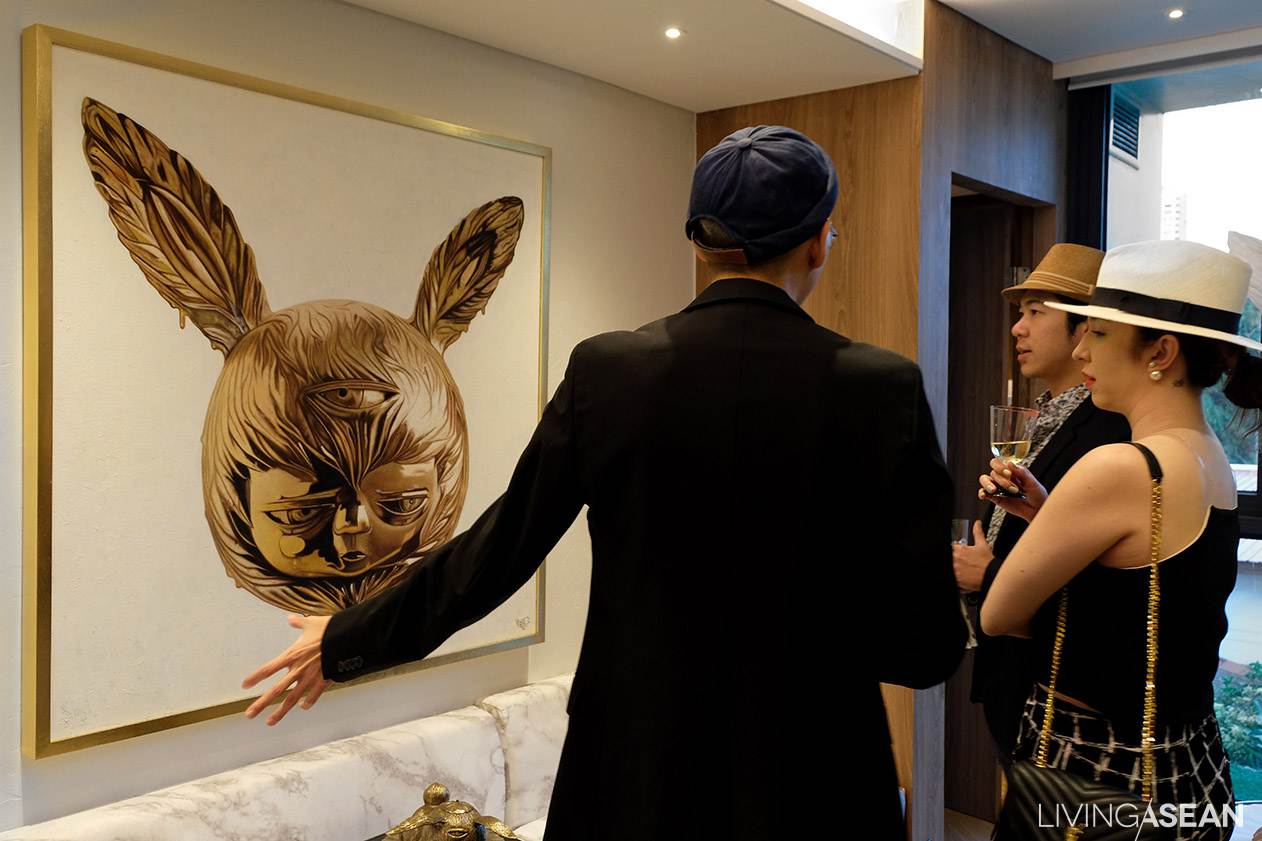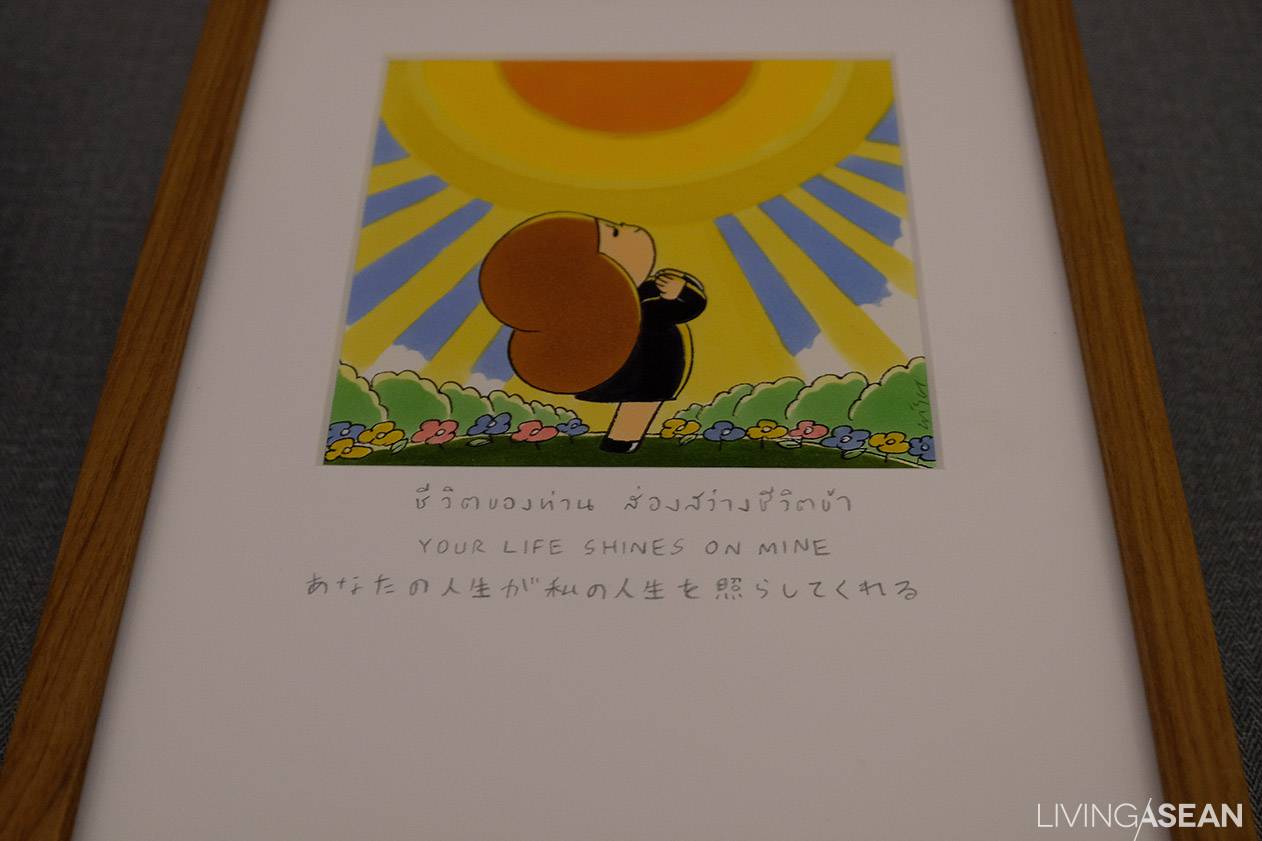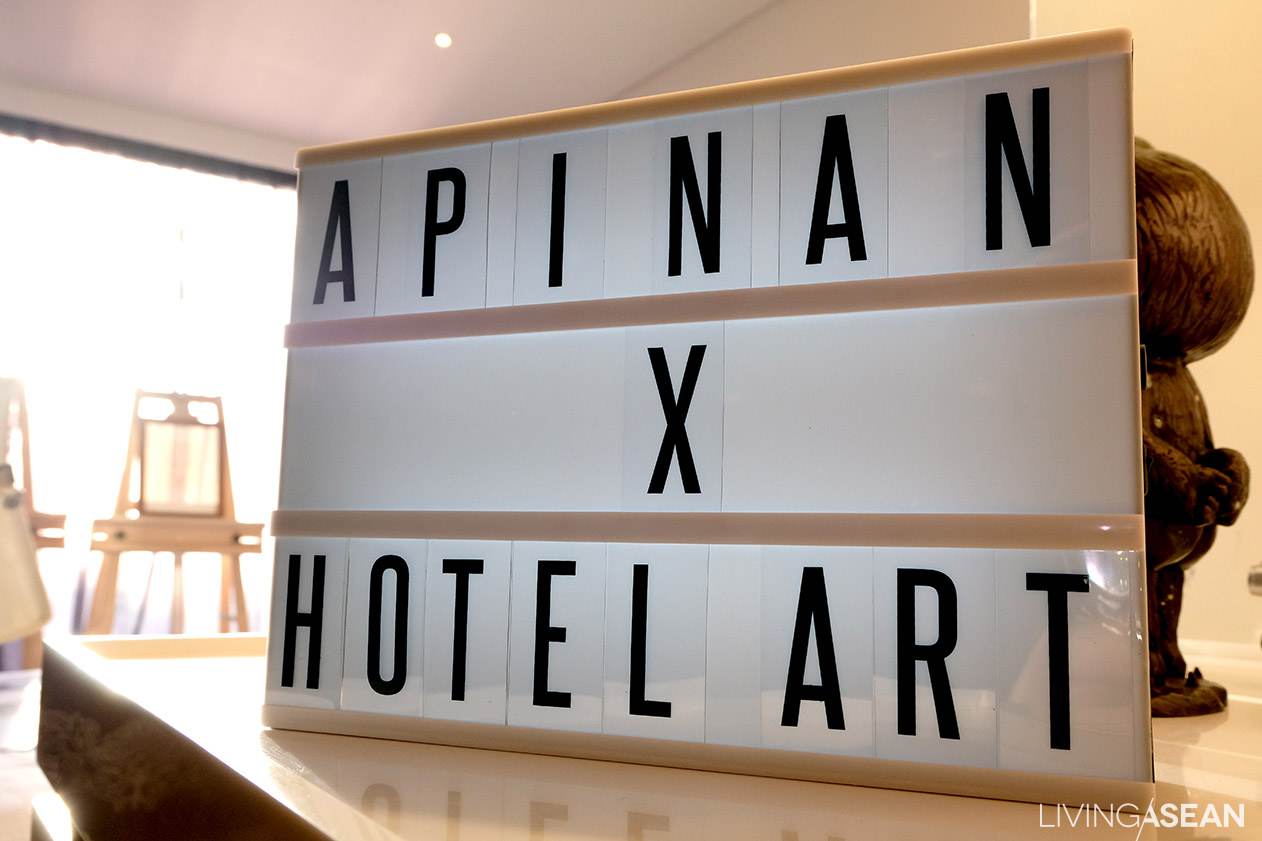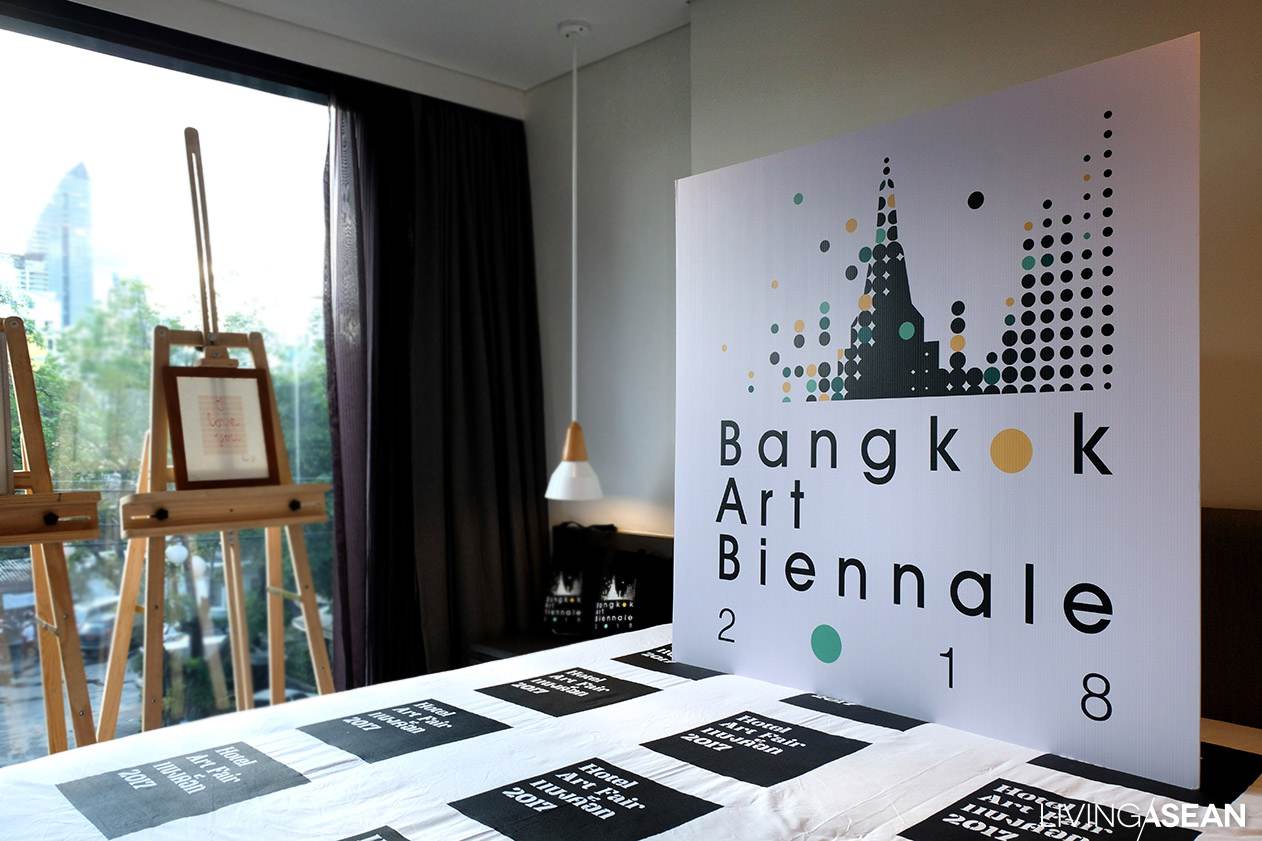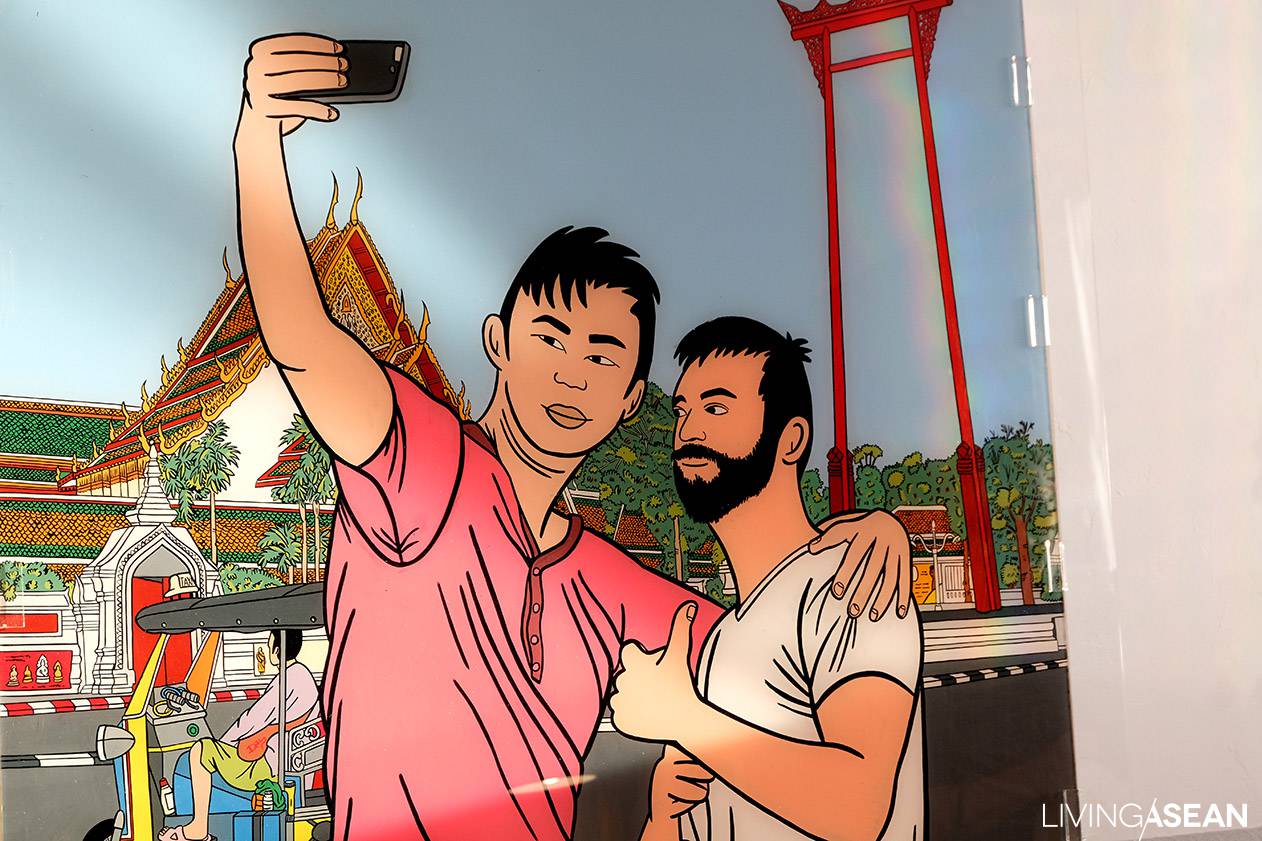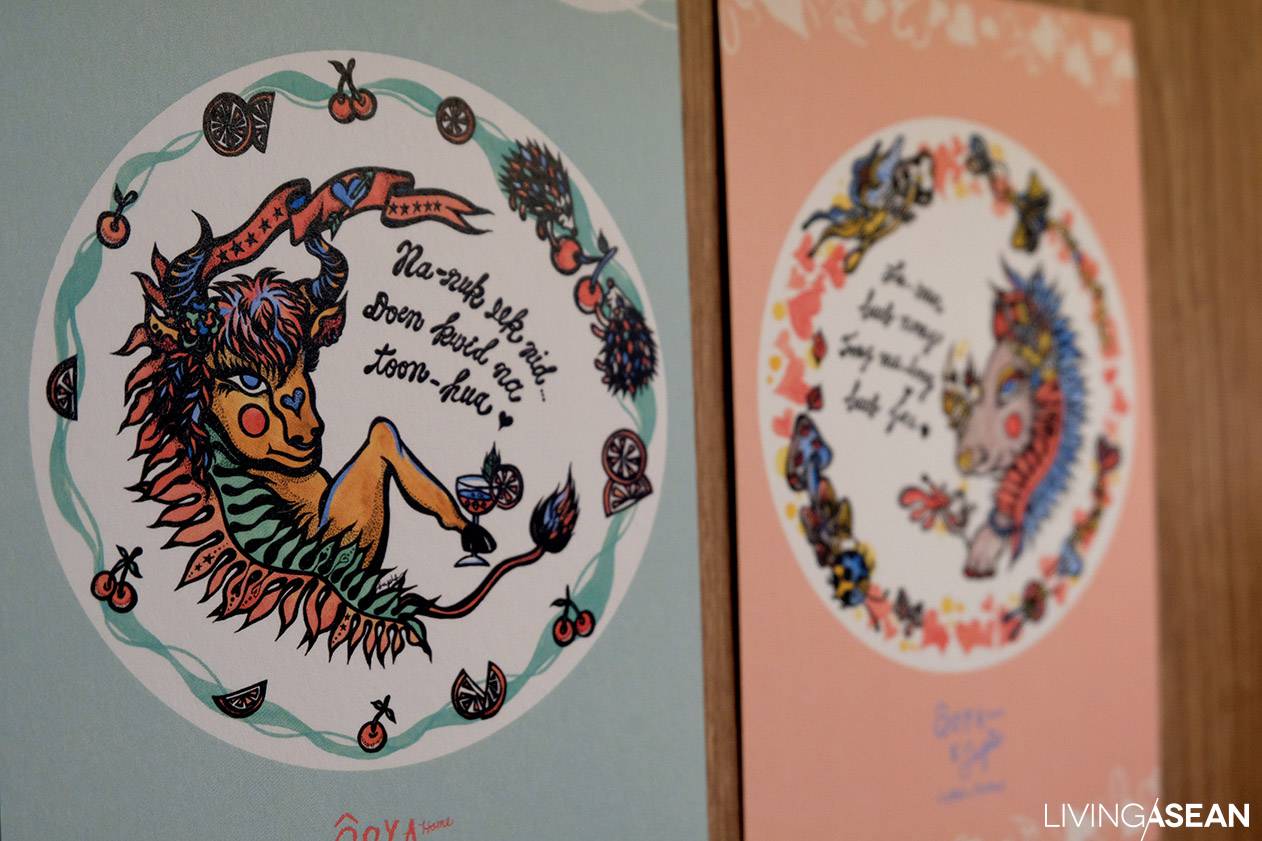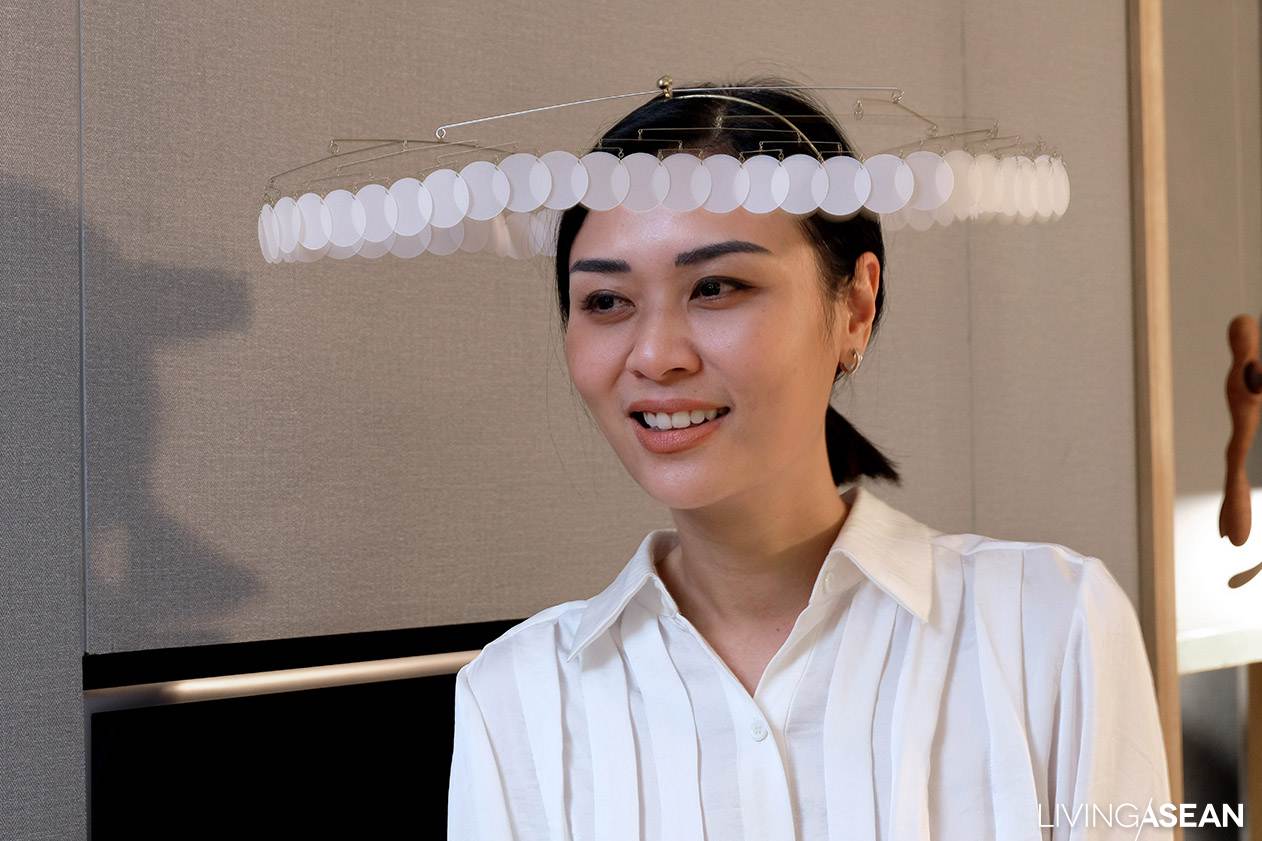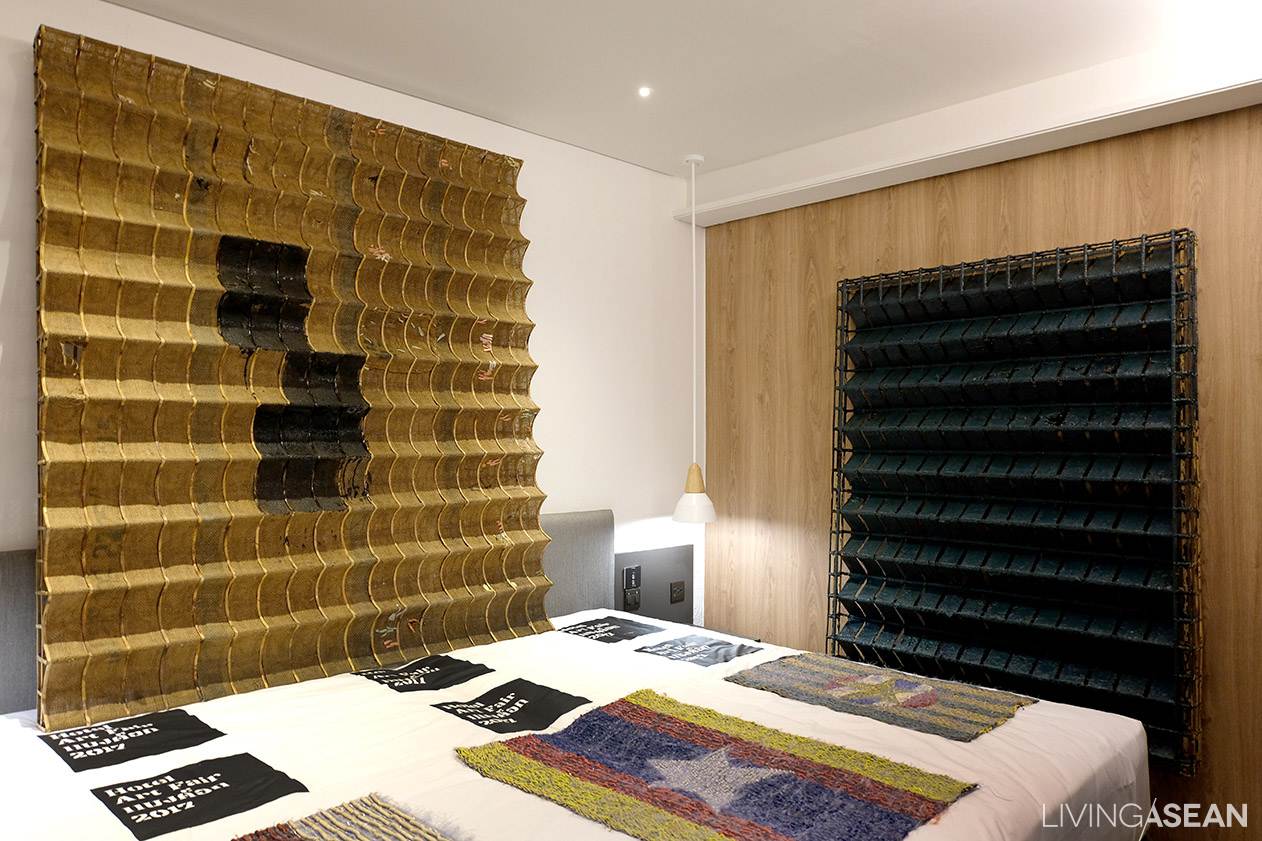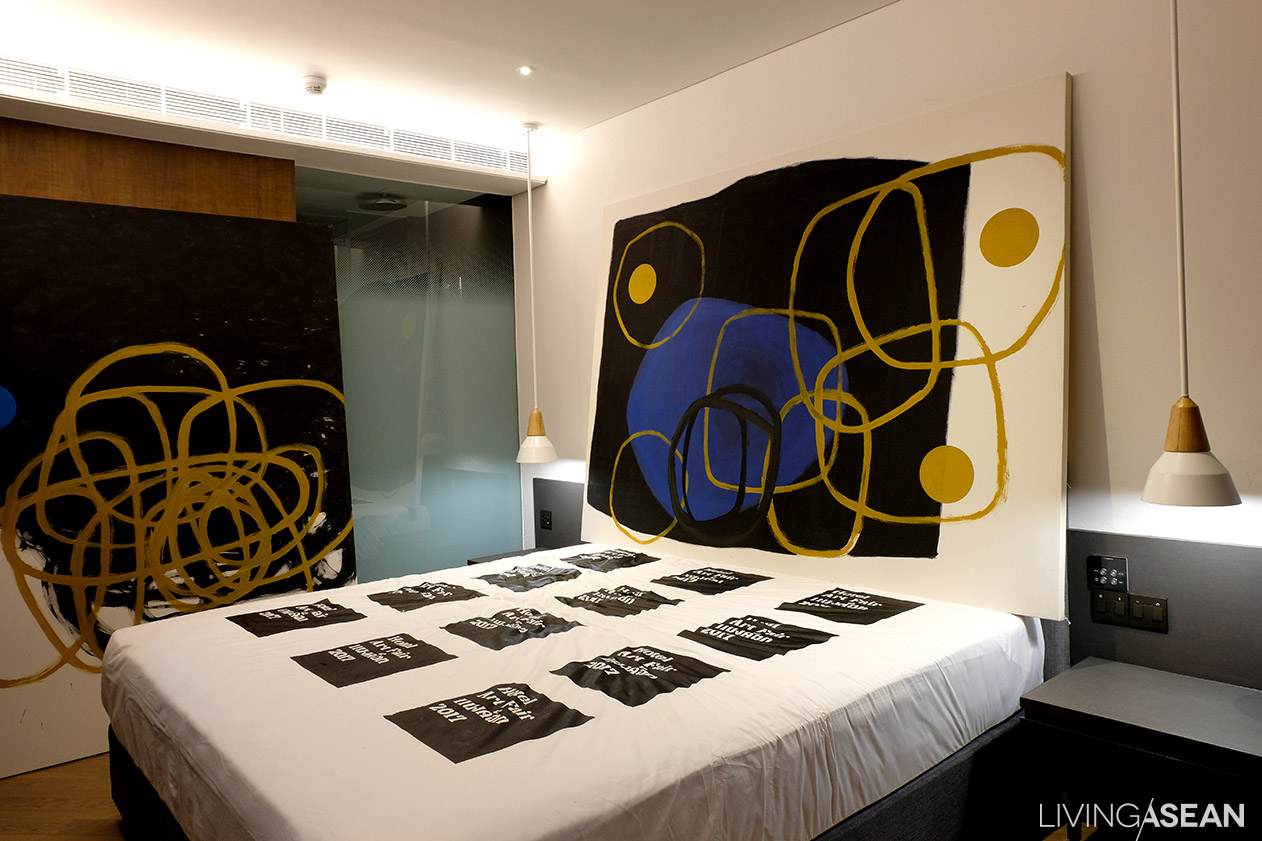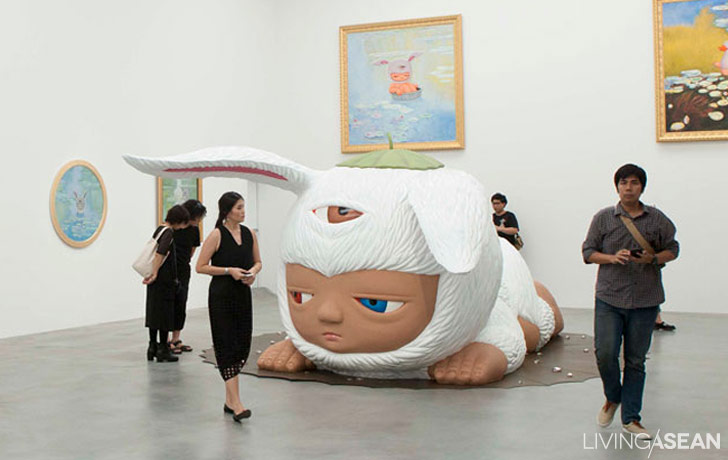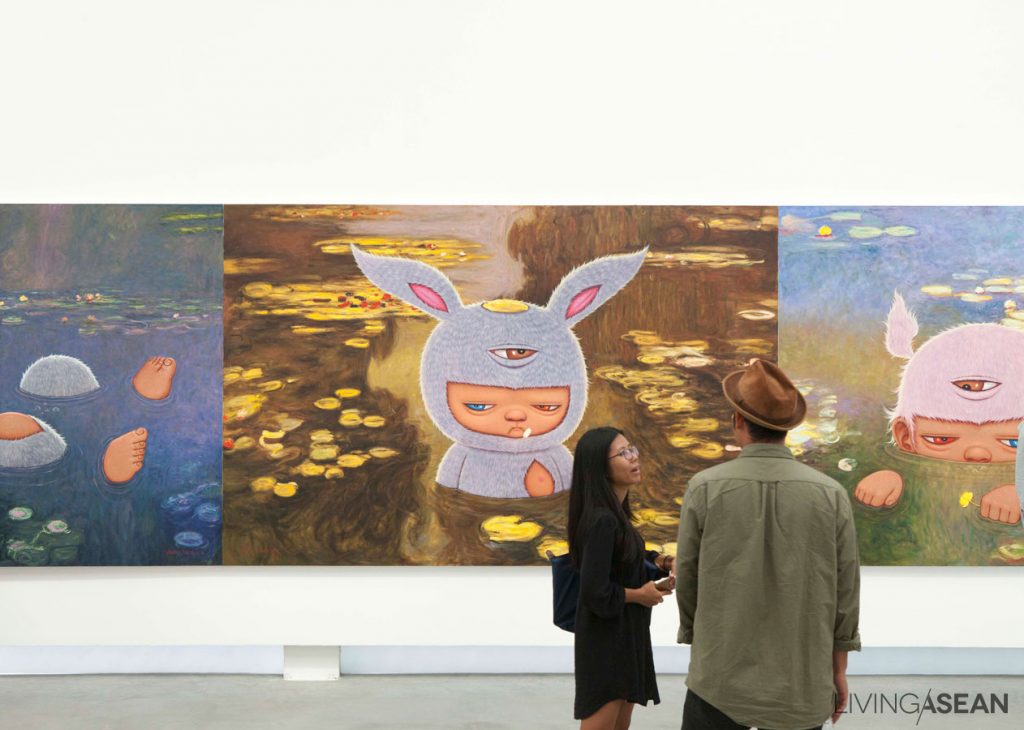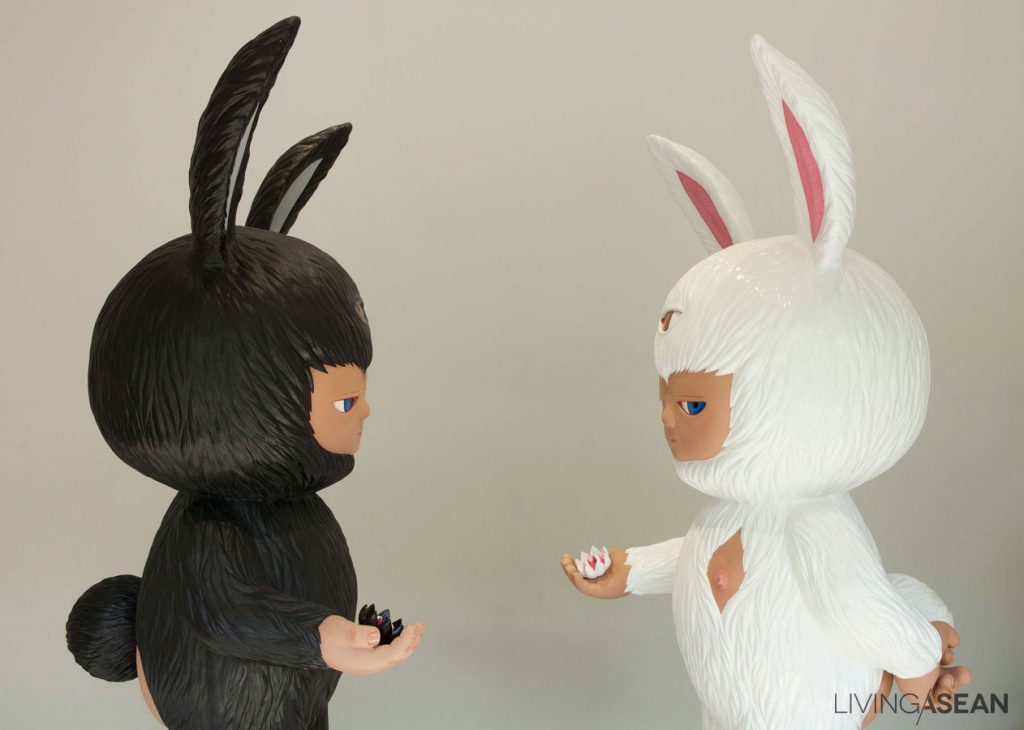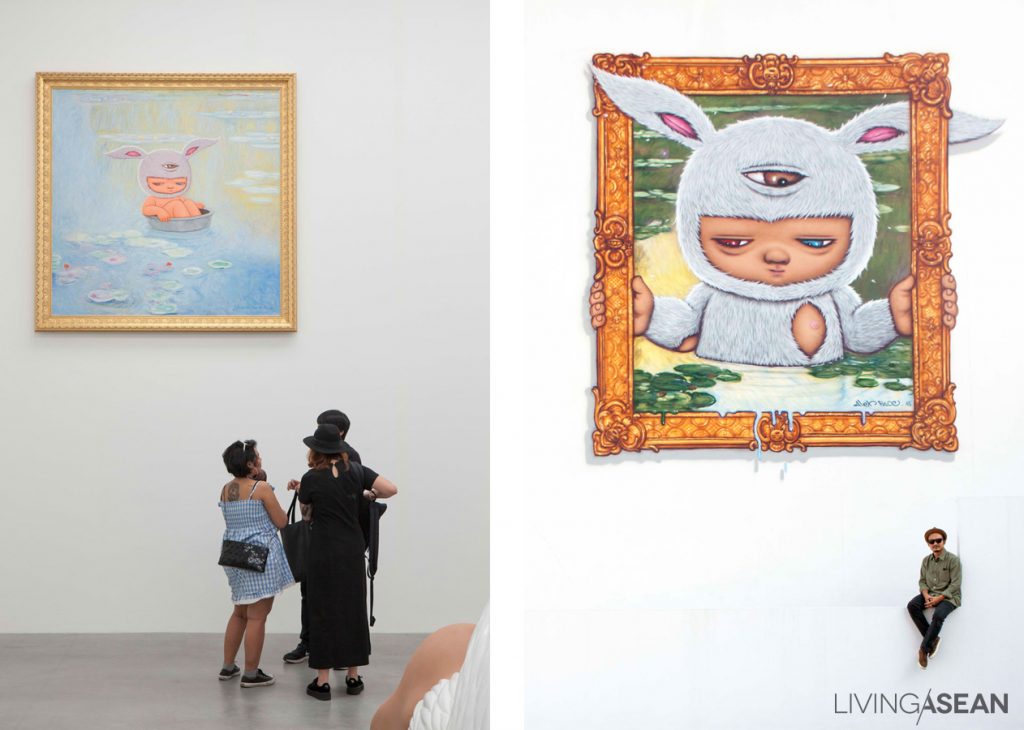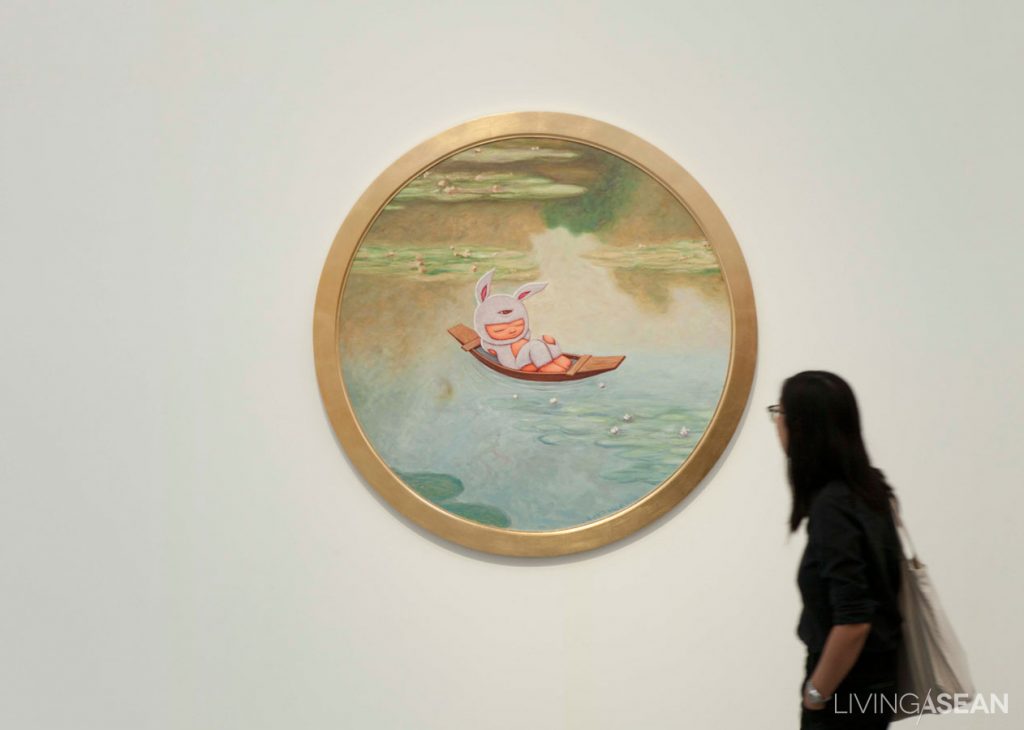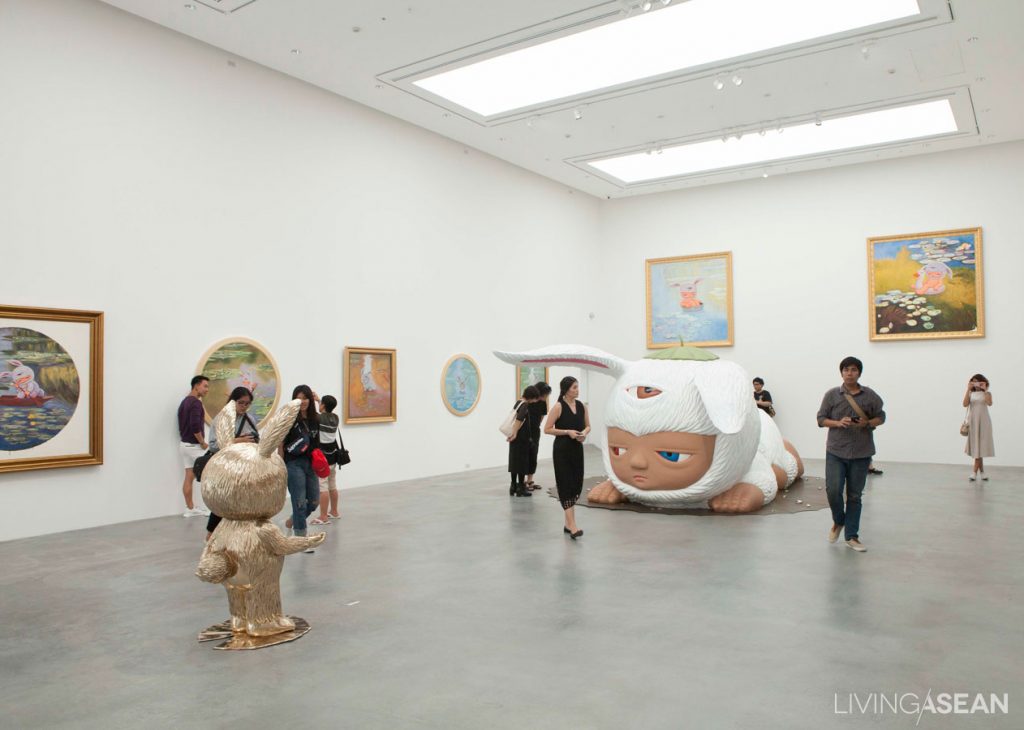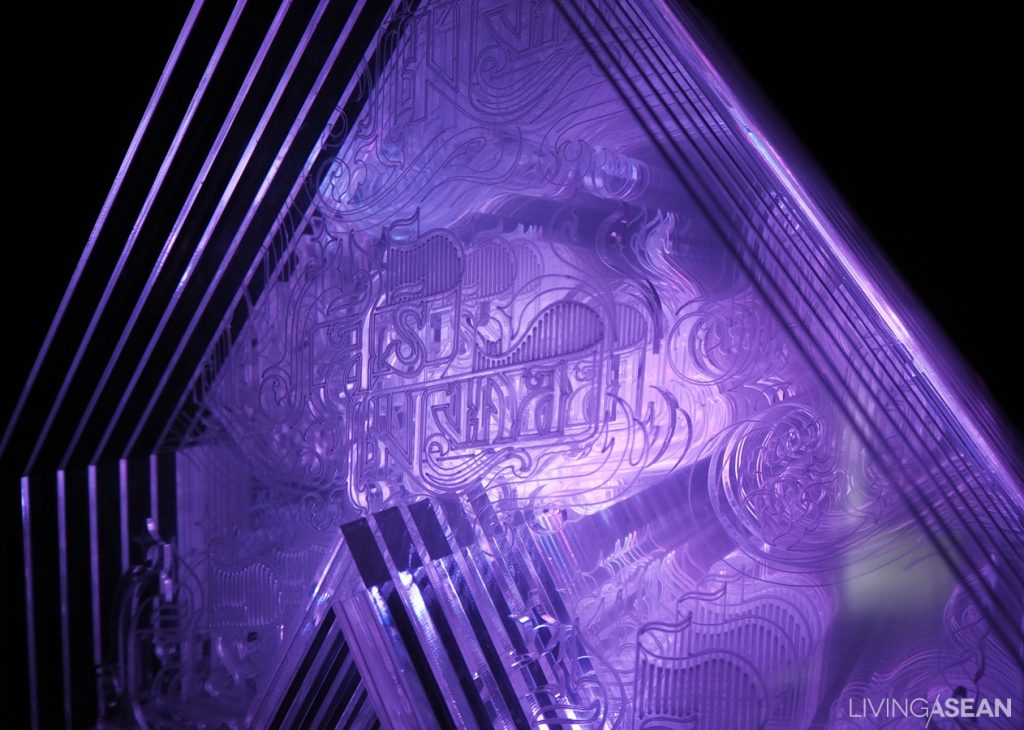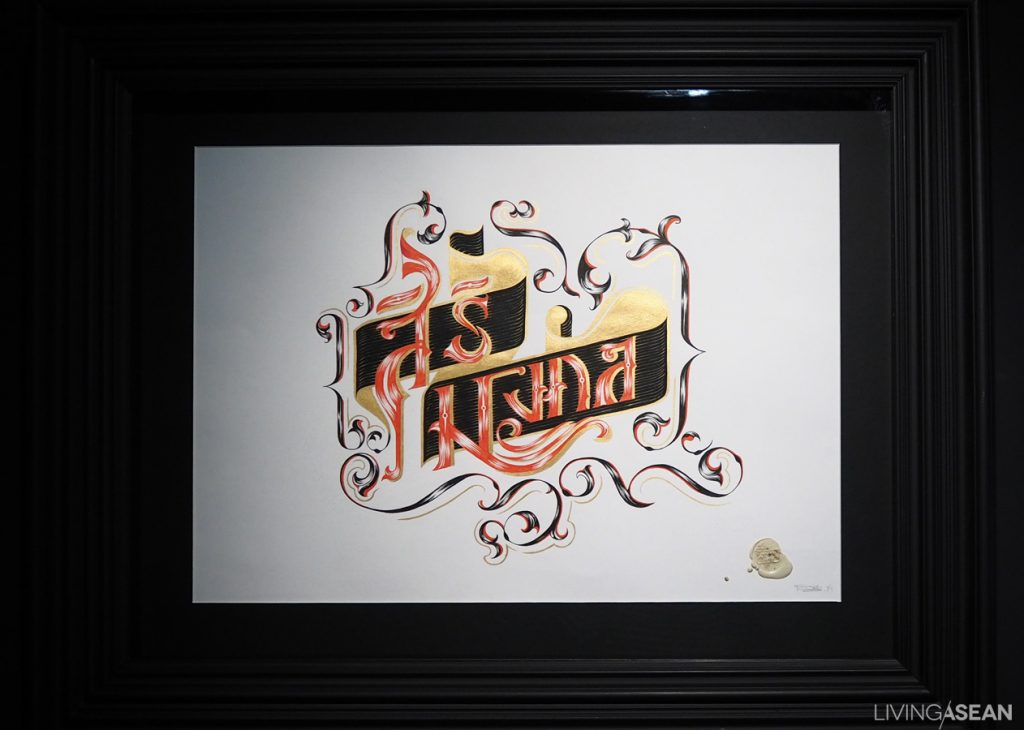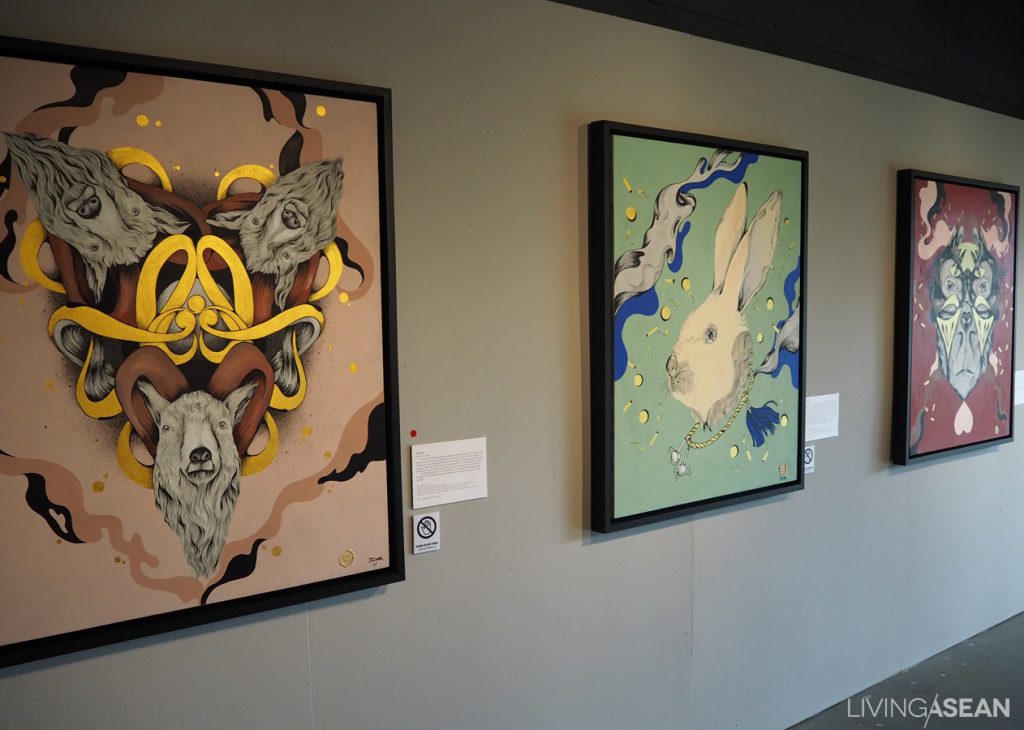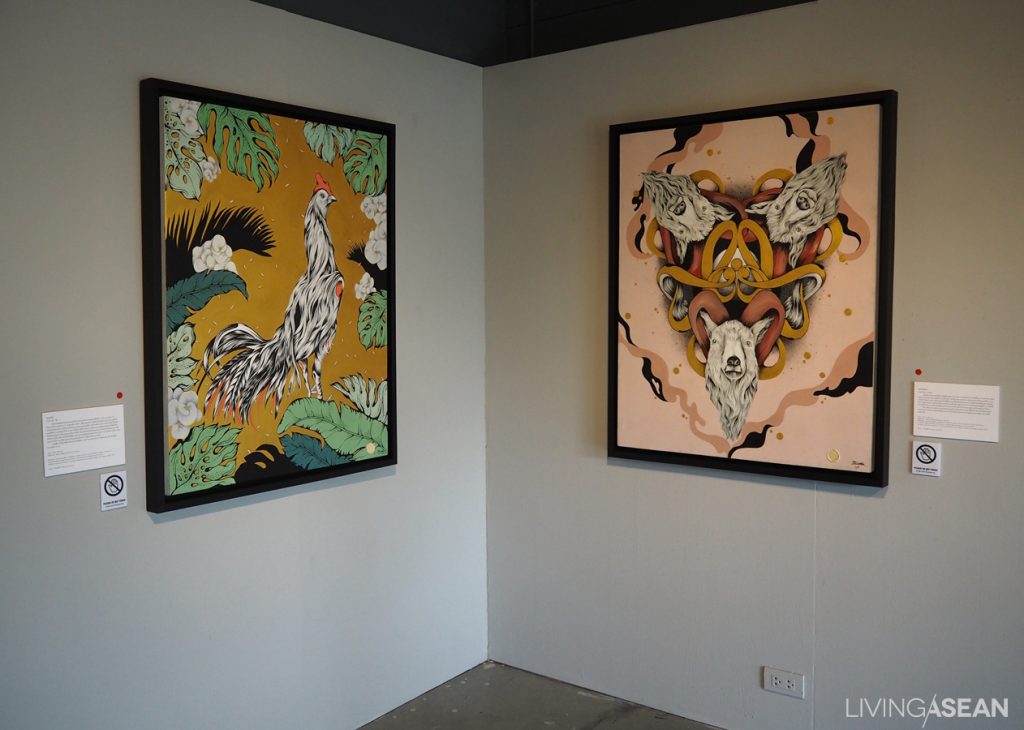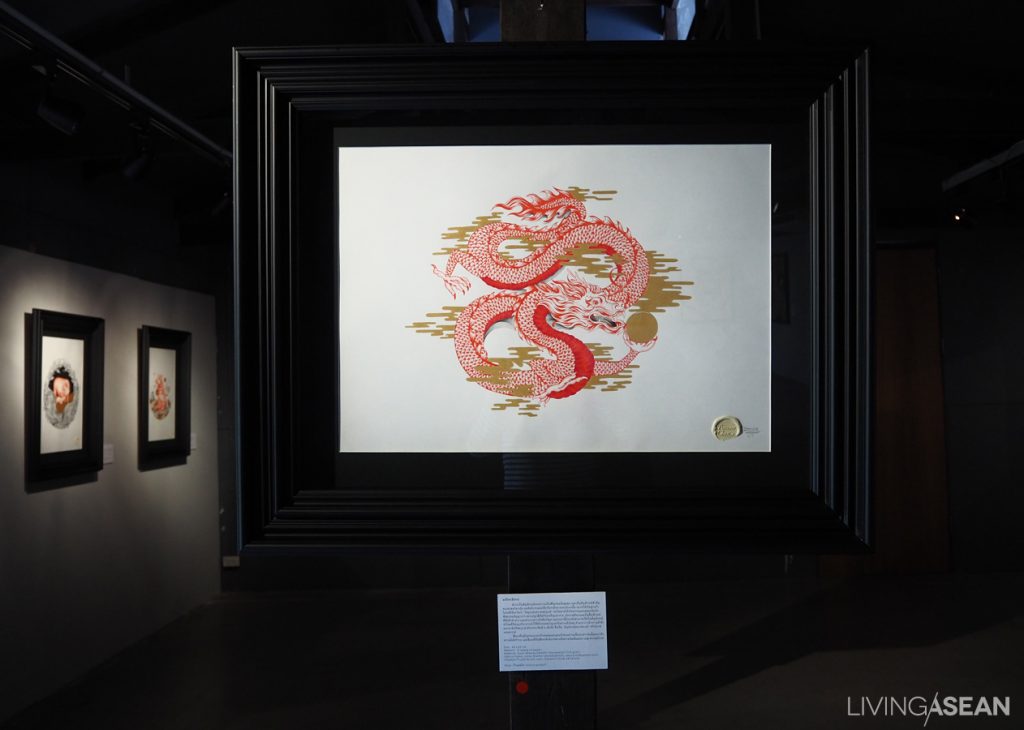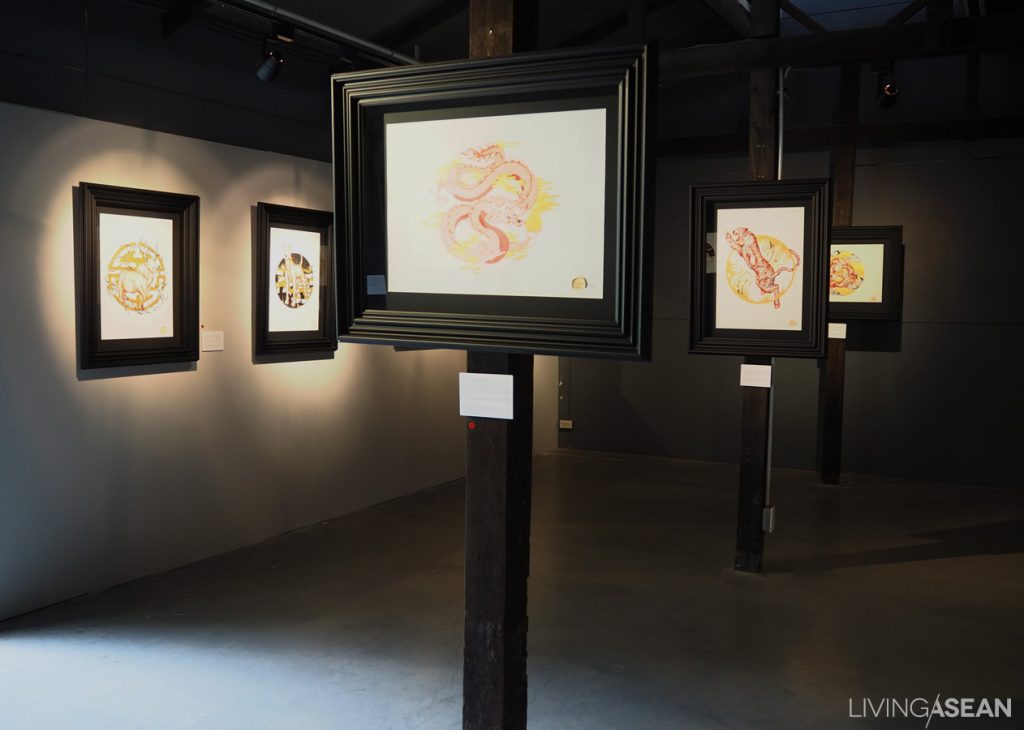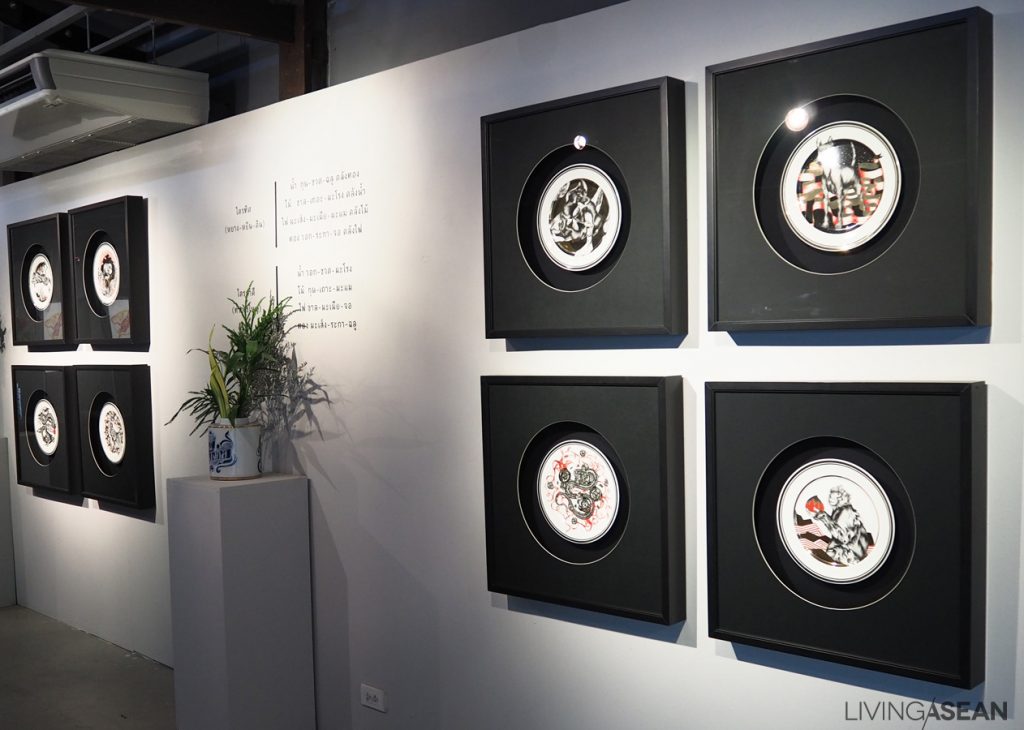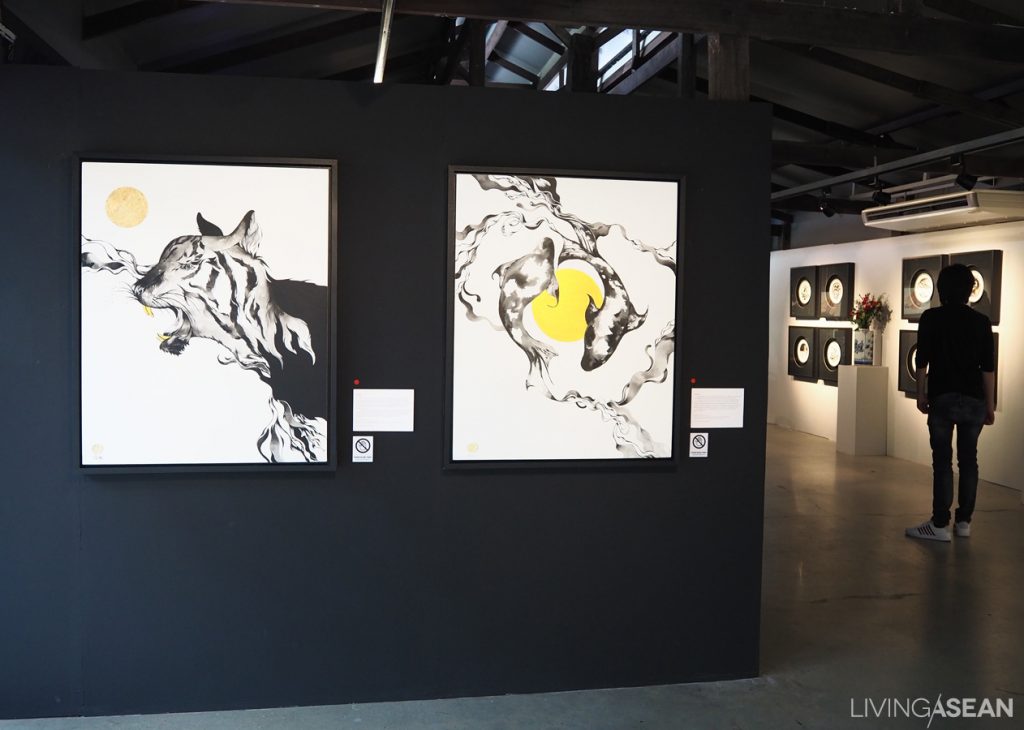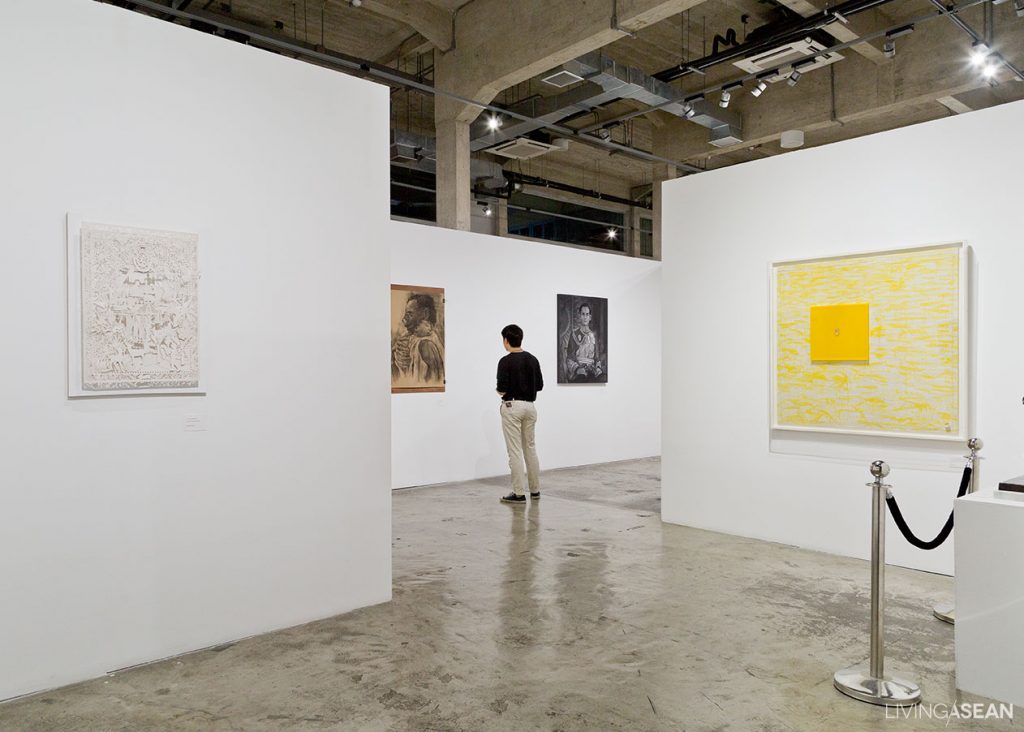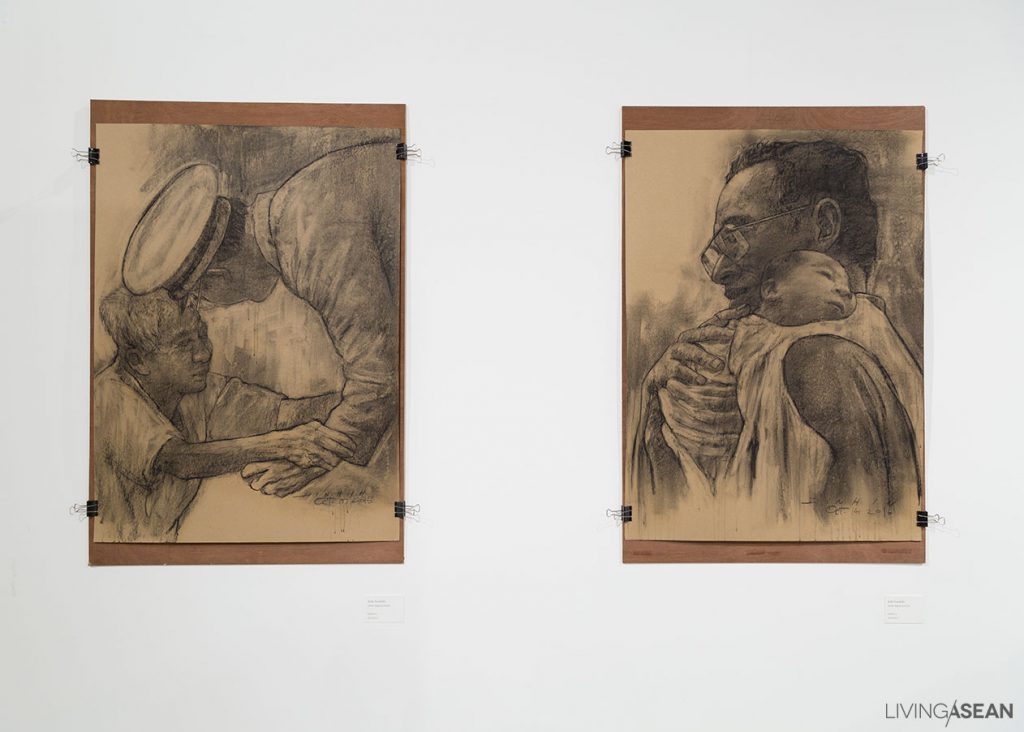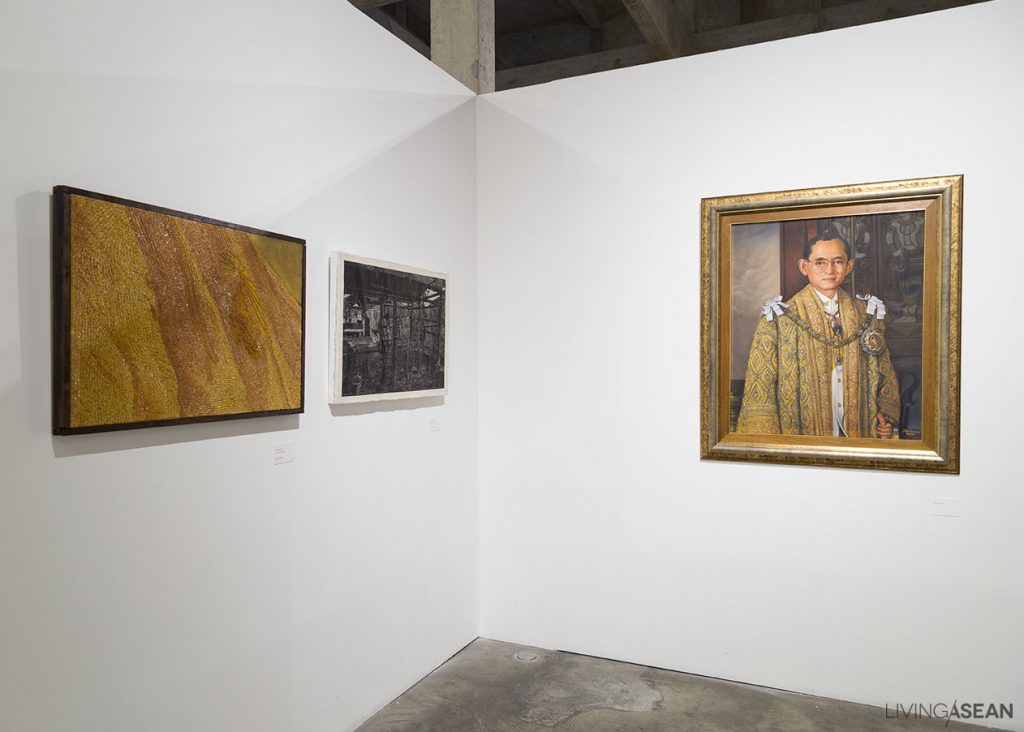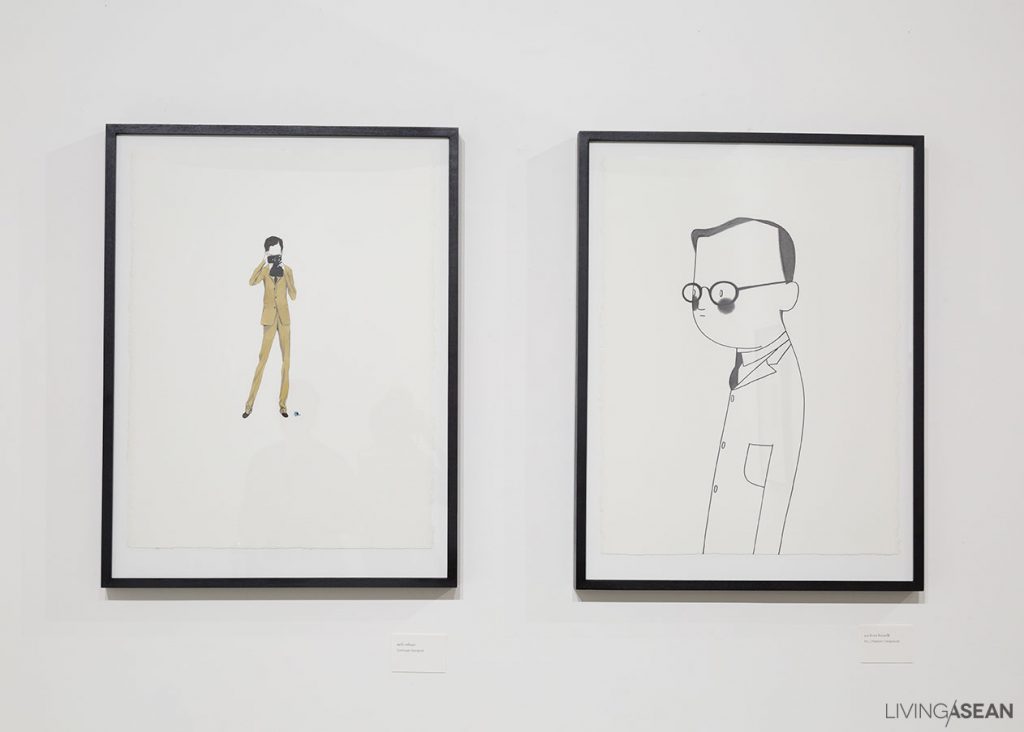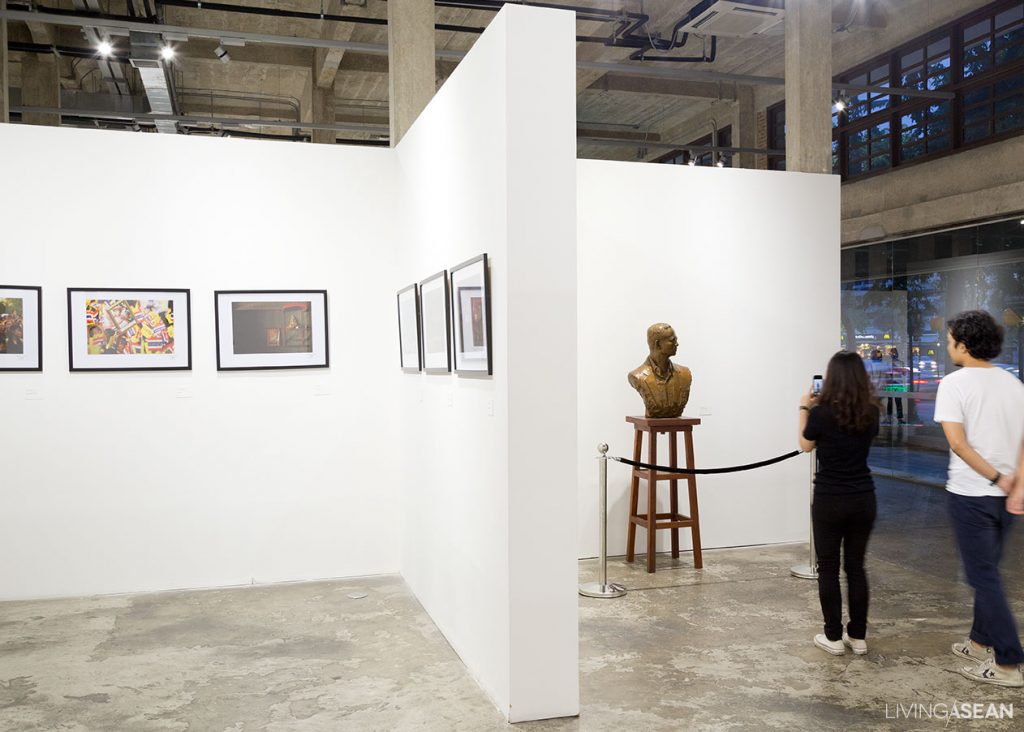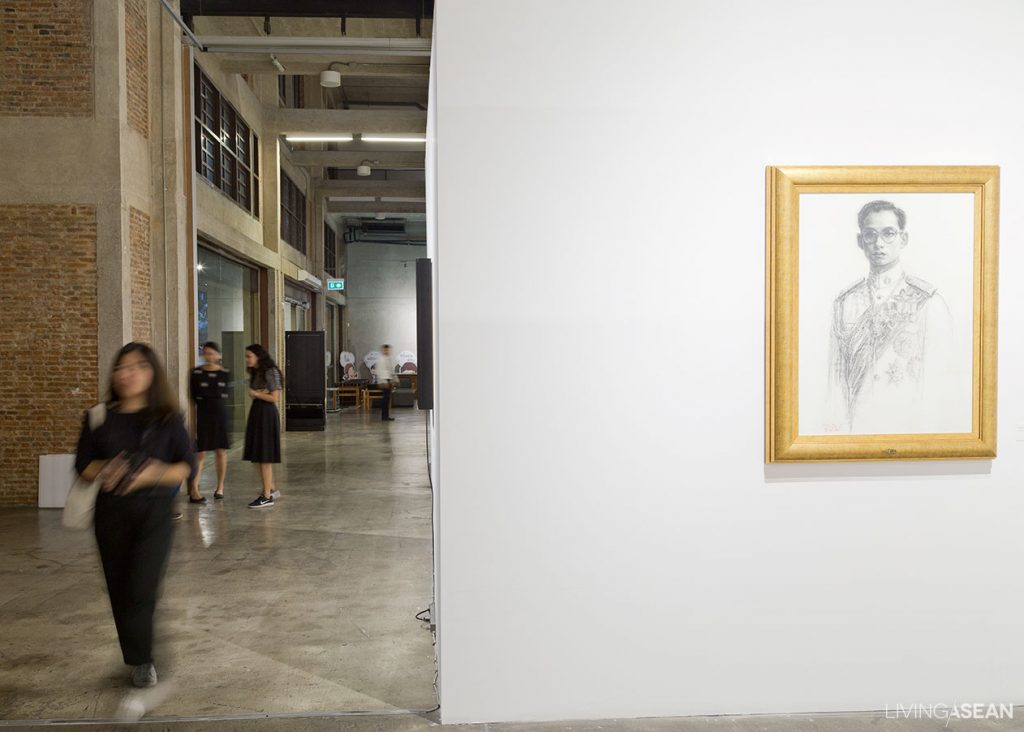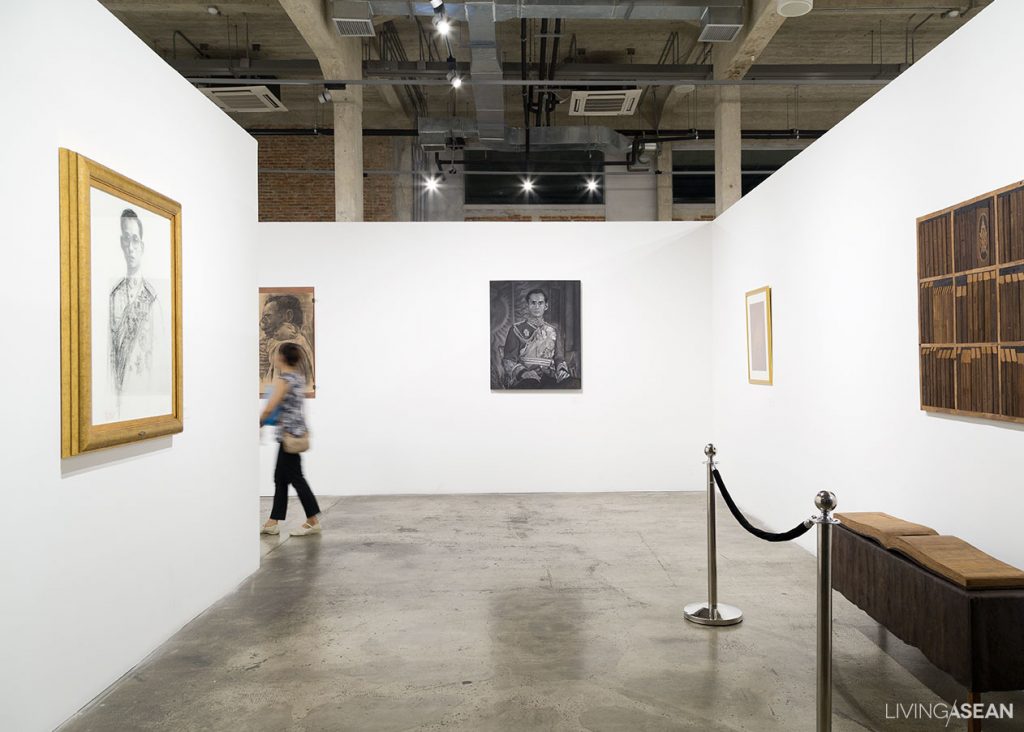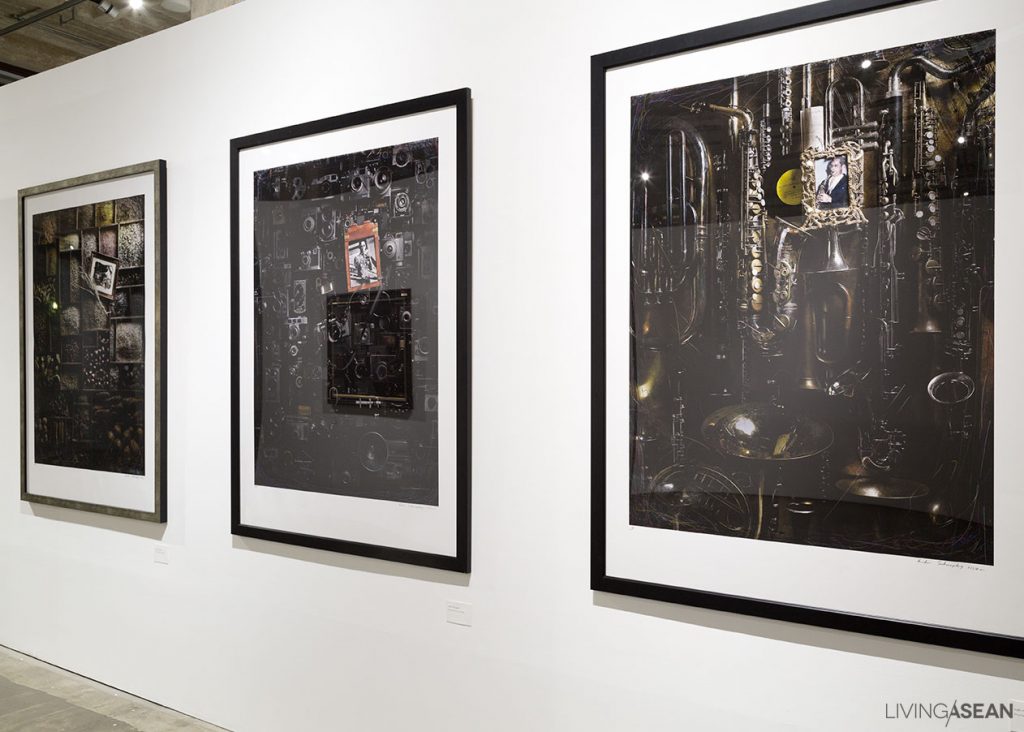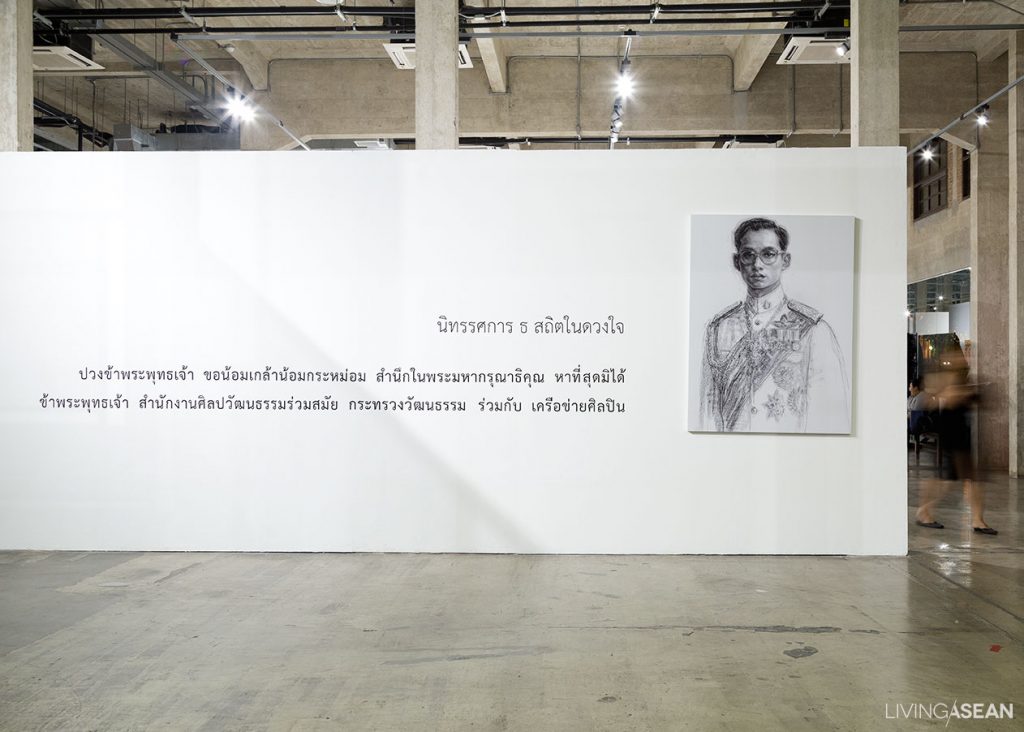/ Venice, Italy /
/ Story: MNSD, Wuthikorn / English version: Bob Pitakwong /
/ Photographs: Sitthisak Namkham /
The mere sight of a beautiful contemporary art exhibition fills the audience with awe. Named the Spirits of Maritime Crossing, the show evokes pleasant memories of interaction between two cultures in times past. Figuratively speaking, the Spirits of Maritime Crossing is a tale of two rivers – a confluence where the beautiful Chao Phraya River in Thailand meets the iconic Grand Canal, a major water traffic corridor in Venice, Italy.
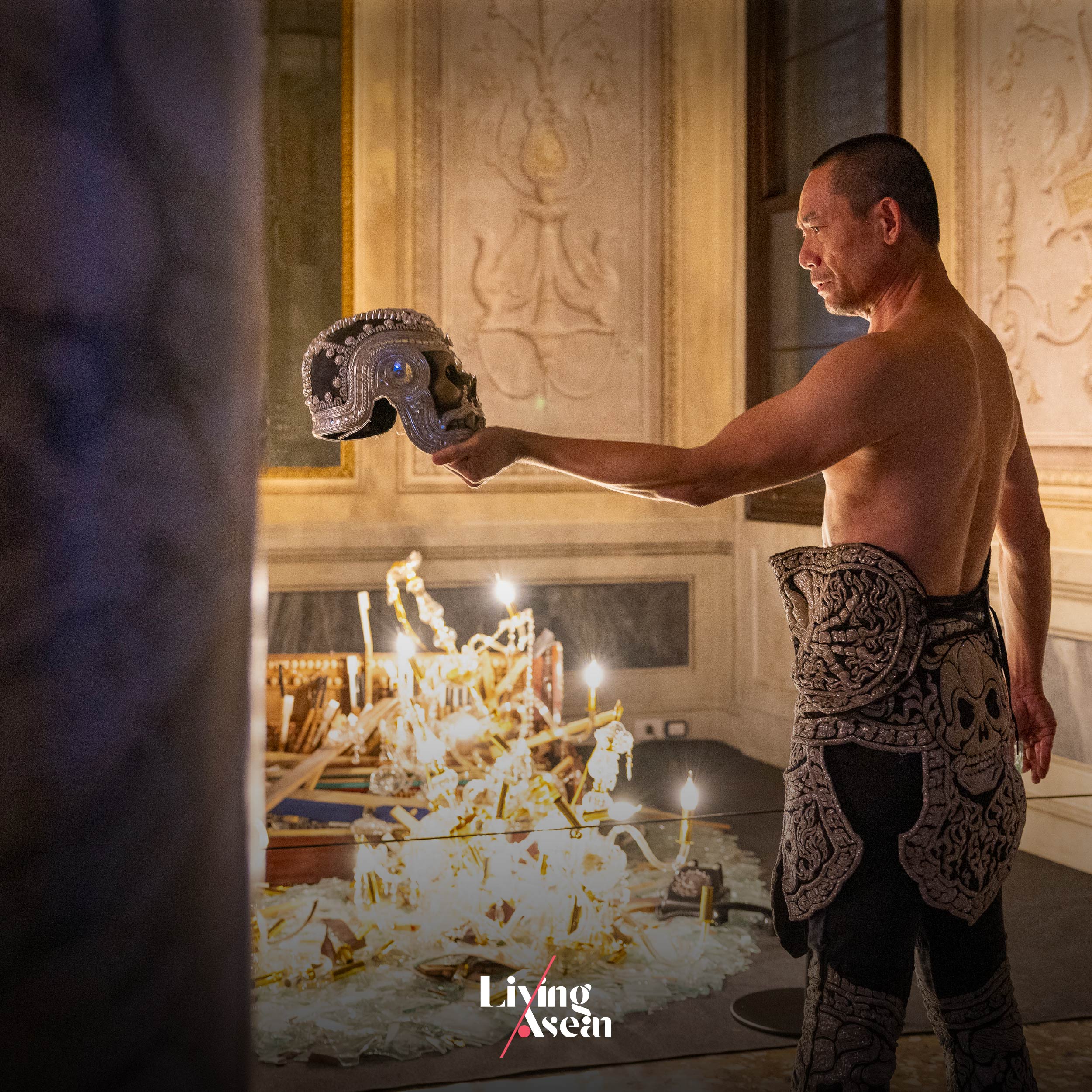
Welcome to the show featuring masterpieces by artists from Thailand as well as their counterparts from across Southeast Asia. It’s a part of the main attractions at the 60th Venice Biennale happening now, from mid-April until November 24, 2024.
Curated by the Bangkok Art Biennale Foundation, the show tells the story a relationship between the world’s two major cities in an artistic manner. It sheds light on the ties between Bangkok, once upon a time nicknamed Venice of the East, and the original Venice, a city amid a lagoon in the Adriatic Sea more than 10,000 kilometers away by sea.
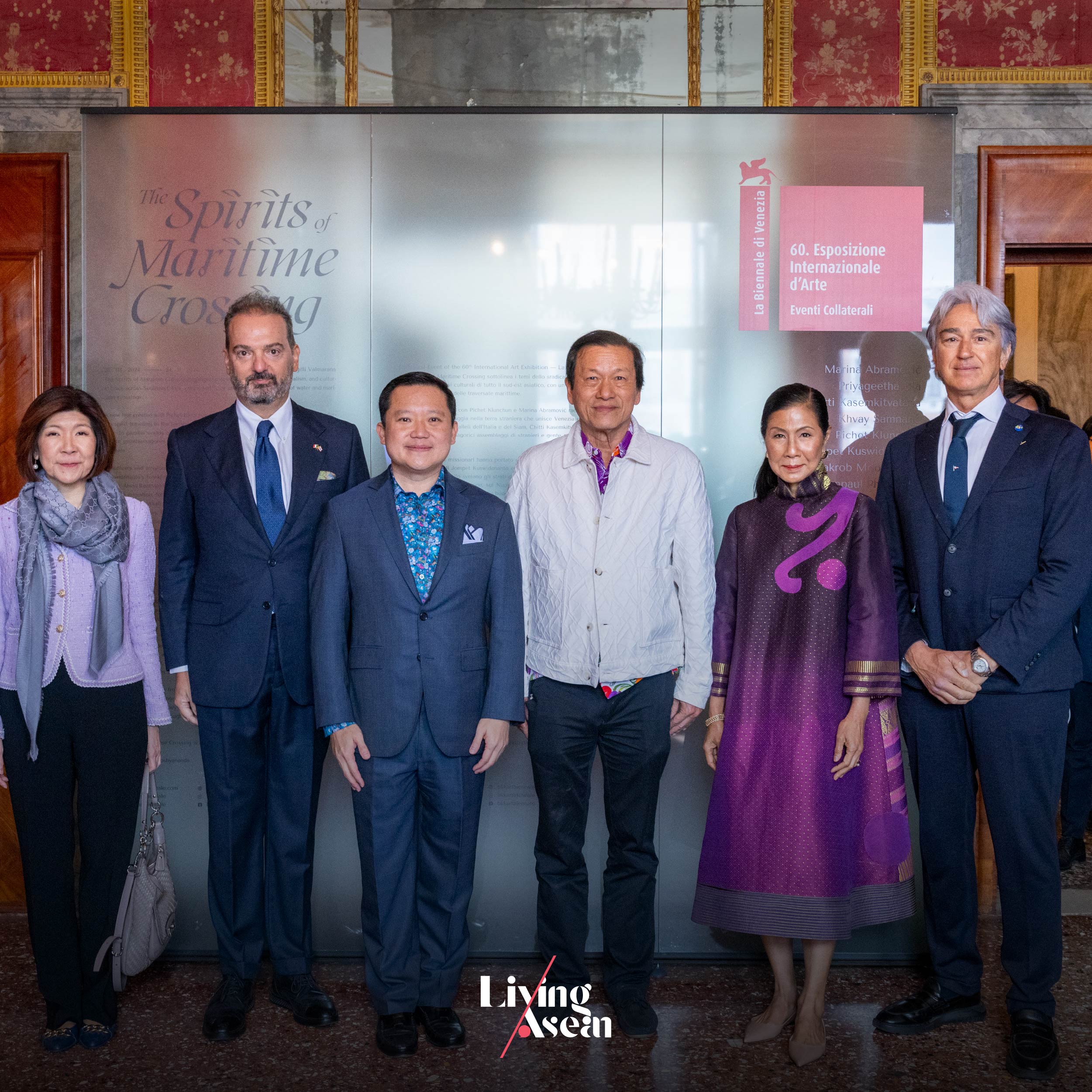
In central respects, the Spirits of Maritime Crossing helps to explain the annals of history from a different perspective. It revisits the events and experiences in times past, ranging from European discoveries, to the diaspora of people from their homelands, to colonialism and the assimilation of people into different societies across Southeast Asia. And the story is being told through visual arts, among them drawings and sculptures, multimedia and video installation art.

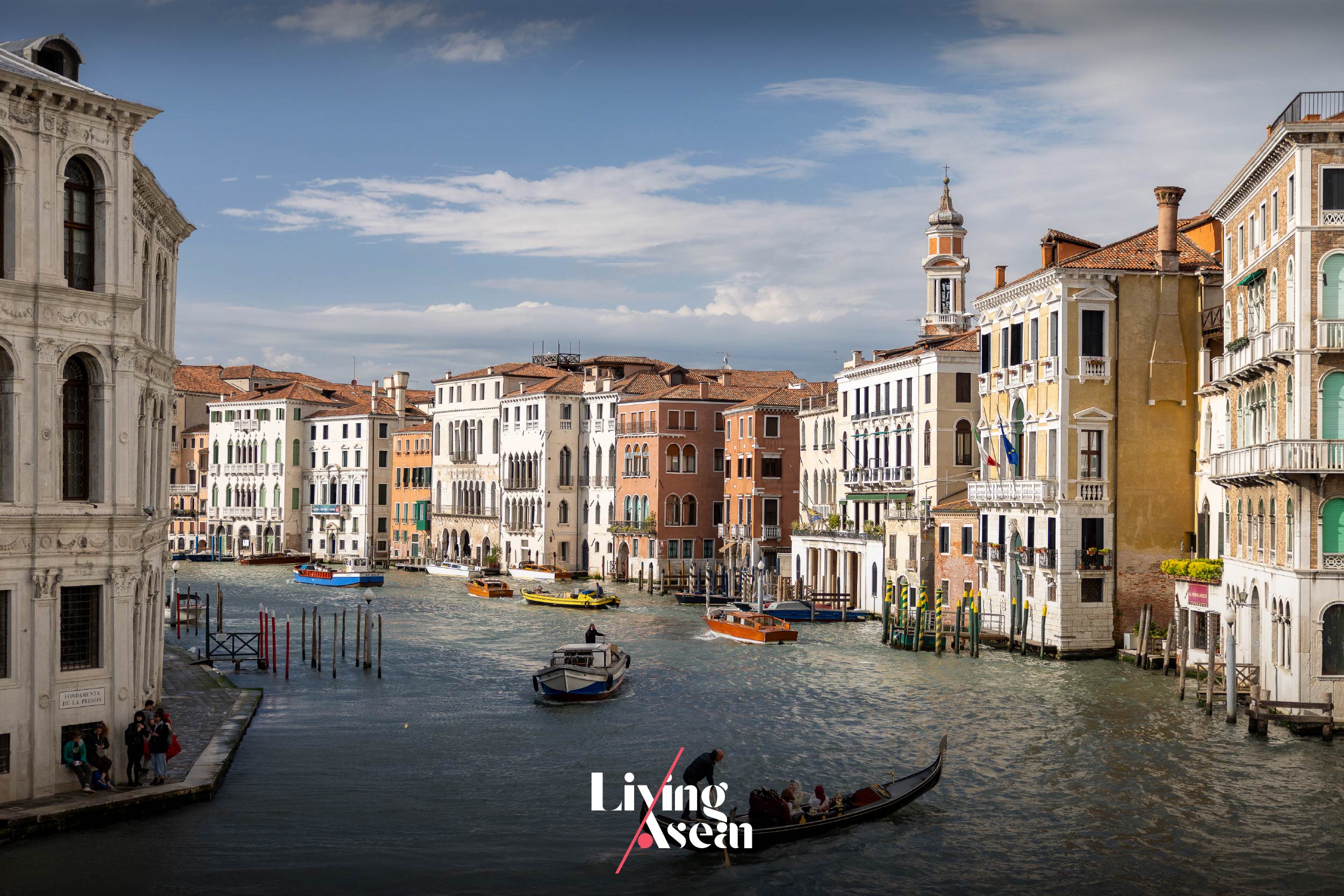


The Spirits of Maritime Crossing contemporary art exhibition is happening at Palazzo Smith Mangilli Valmarana, a Neoclassic style palace overlooking the Grand Canal in Venice. Already there’s an atmosphere of excitement, and a wealth of interest and intrigue among international audiences.
The exhibition curator, Professor Dr. Apinan Poshyananda, was on hand to deliver the keynote address at the opening ceremony in Venice, along with a troupe of modern and contemporary artists from Thailand and across Southeast Asia. They included artists Kawita Vatanajyankur and Jakkai Siributr of Thailand, Priyageetha Dia of Singapore, and Thai dancer Pichet Klunchun who gave a special performance at the gathering.
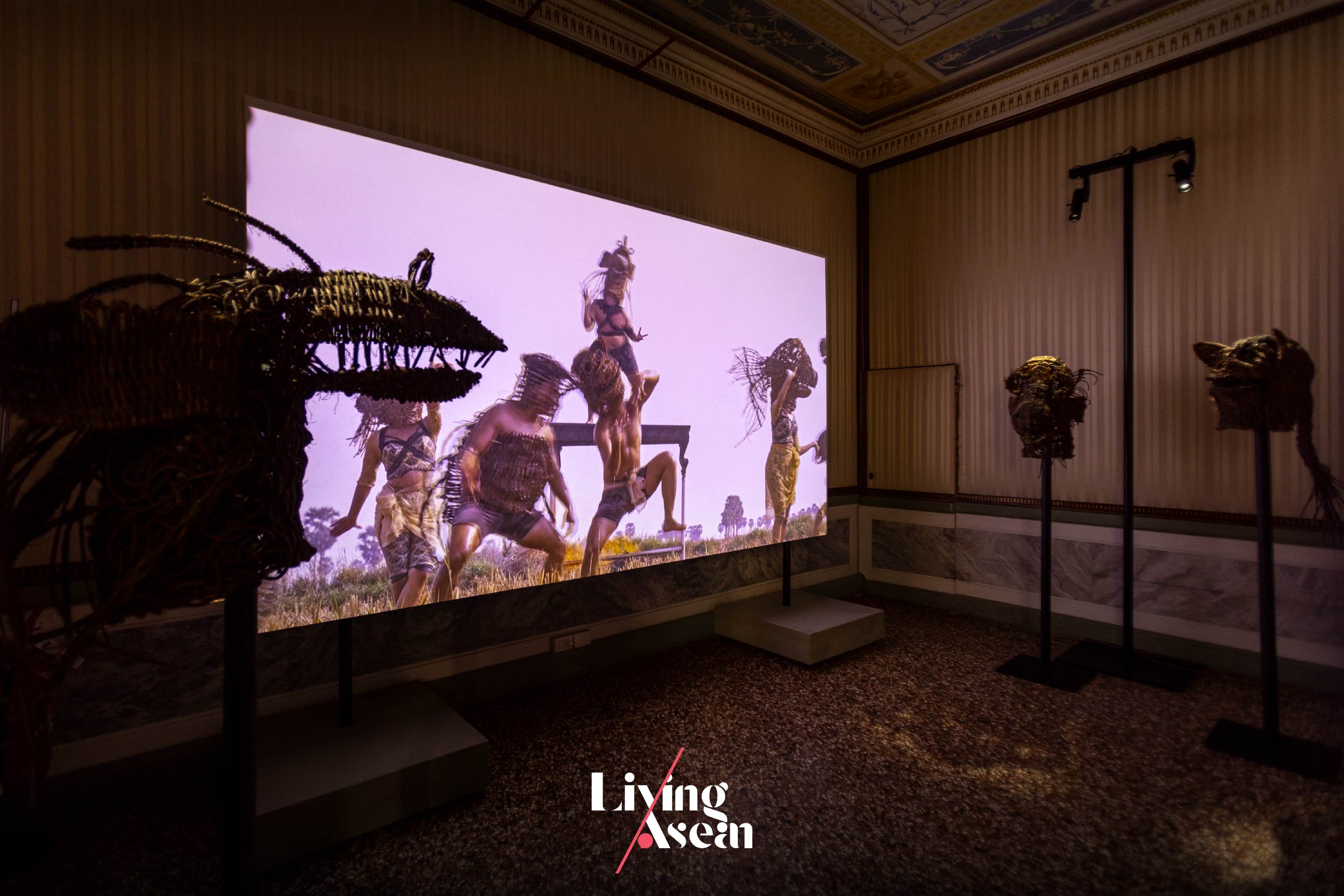
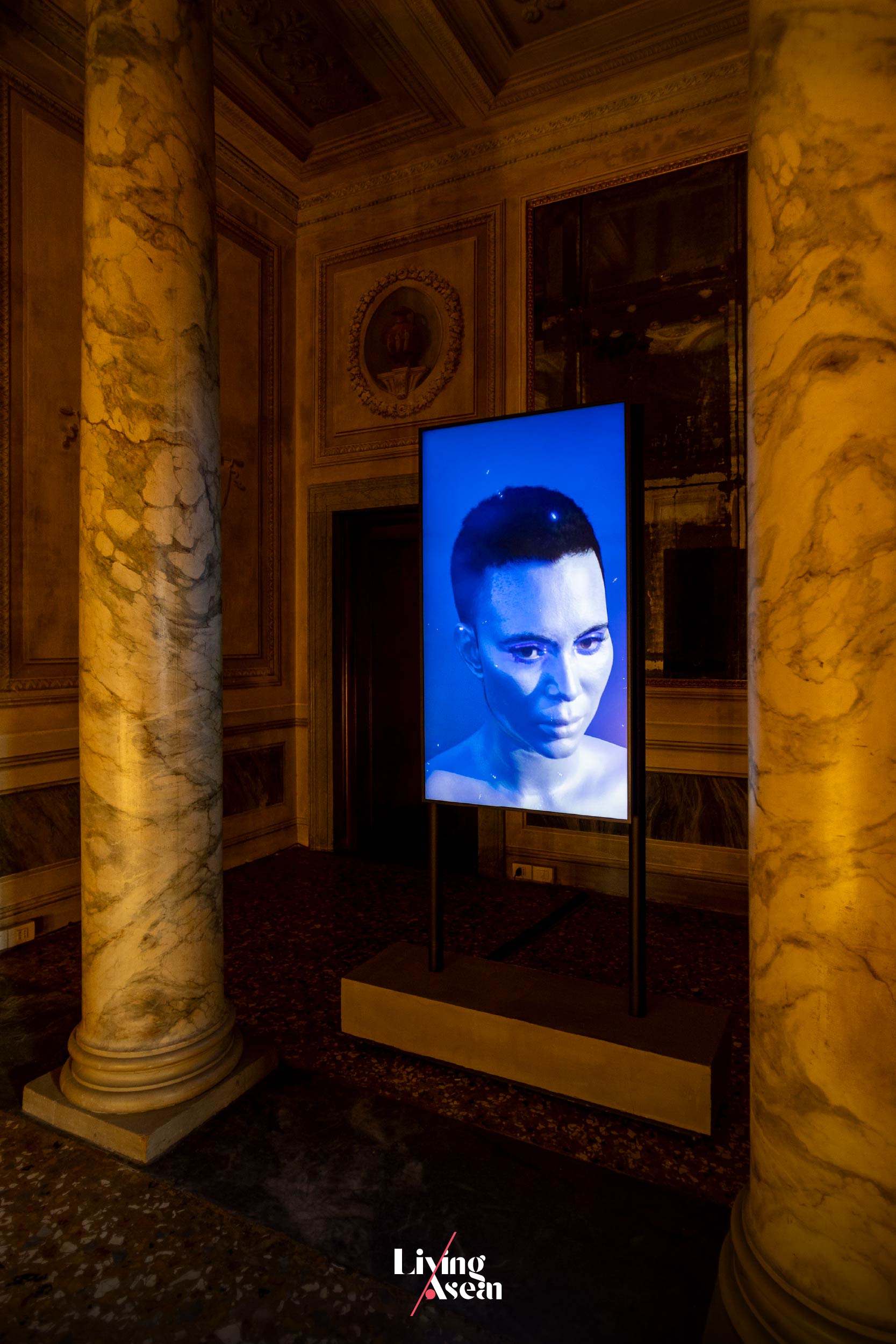
The evening ceremony was graced by the screening of a short film starring Marina Abramovic, a Serbian American conceptual artist/performer and winner of the Golden Lion Award. The event took place at Generali’s Procuratie Vecchie located at the famed Piazza San Marco in Venice.
Aside from Marina Abramovic, the visiting troupe include 15 established artists as well as new, rising stars from Thailand and across the ASEAN Region. They include Pichet Klunchun (Thailand), Priyageetha Dia (Singapore), Jitti Kasemkitwattana (Thailand), Nakrob Moonmanas (Thailand), Jompet Kuswidanato (Indonesia), Bounpaul Phothyzan (Laos), Alwin Reamillo (the Philippines), Khvay Samnang (Cambodia), Moe Satt (Myanmar-the Netherlands), Jakkai Siributr (Thailand), Natee Utarit (Thailand), Kawita Vatanajyankur (Thailand), and Yee I-Lann (Malaysia), and Truong Cong Tung (Vietnam).
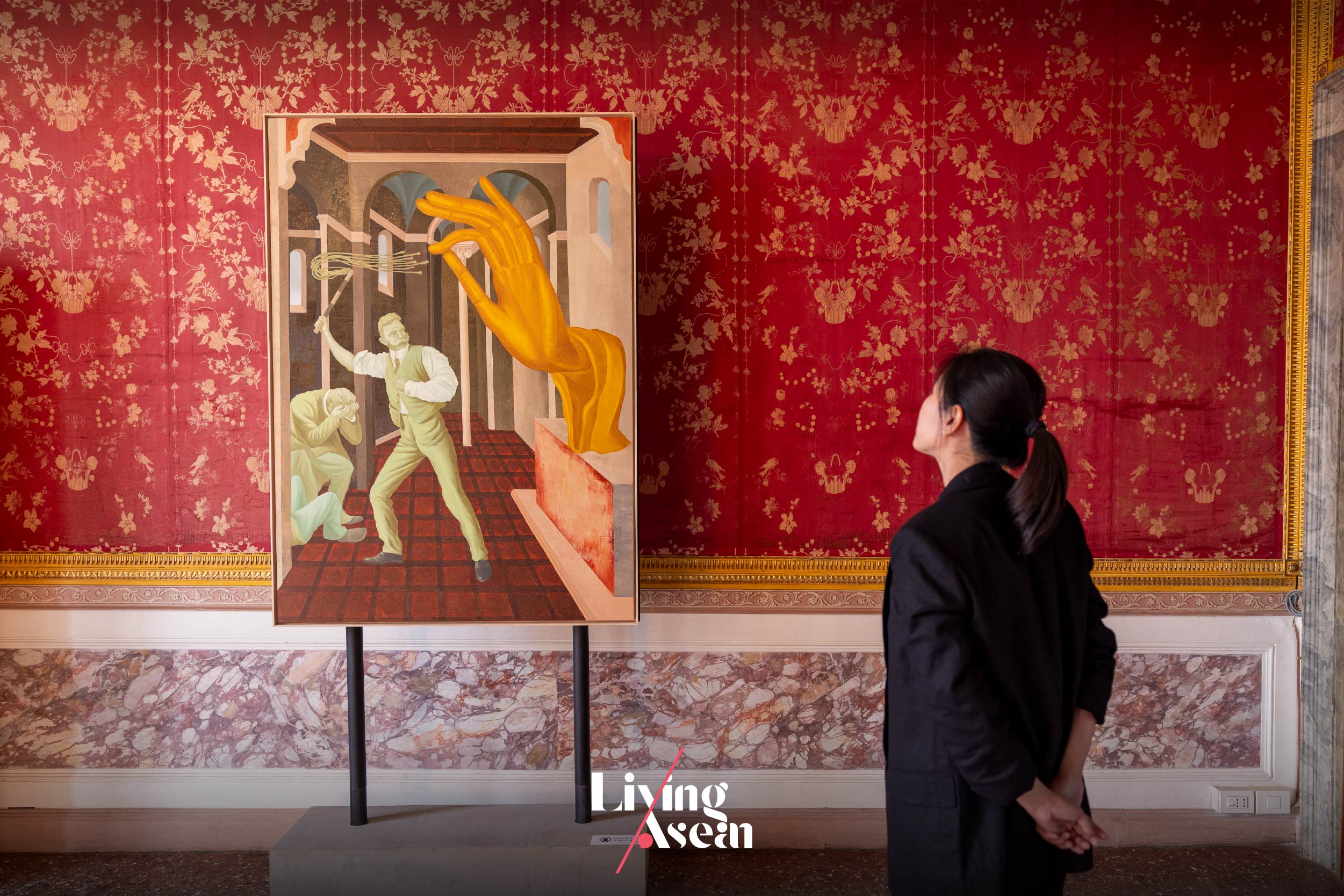
The Spirits of Maritime Crossing art exhibition at Venice Biennale 2024 is being sponsored by the Bangkok Art Biennale Foundation (BAB) in collaboration with the Thai Beverage Public Company Limited (ThaiBev) as well as public and private organizations, including:
The Tourism Authority of Thailand (TAT), the Bangkok Metropolitan Administration (BMA), the Thailand Convention and Exhibition Bureau (a public organization), the One Bangkok Holdings Company Limited, the Thai Airways International Public Company Limited, the Central Group, the 100 Tonson Foundation, the Fraser and Neave Holdings Bhd (F&NHB), the Fraser and Neave, Limited (F&NL), the Saigon Beer-Alcohol-Beverage Corporation (SABECO), plus:
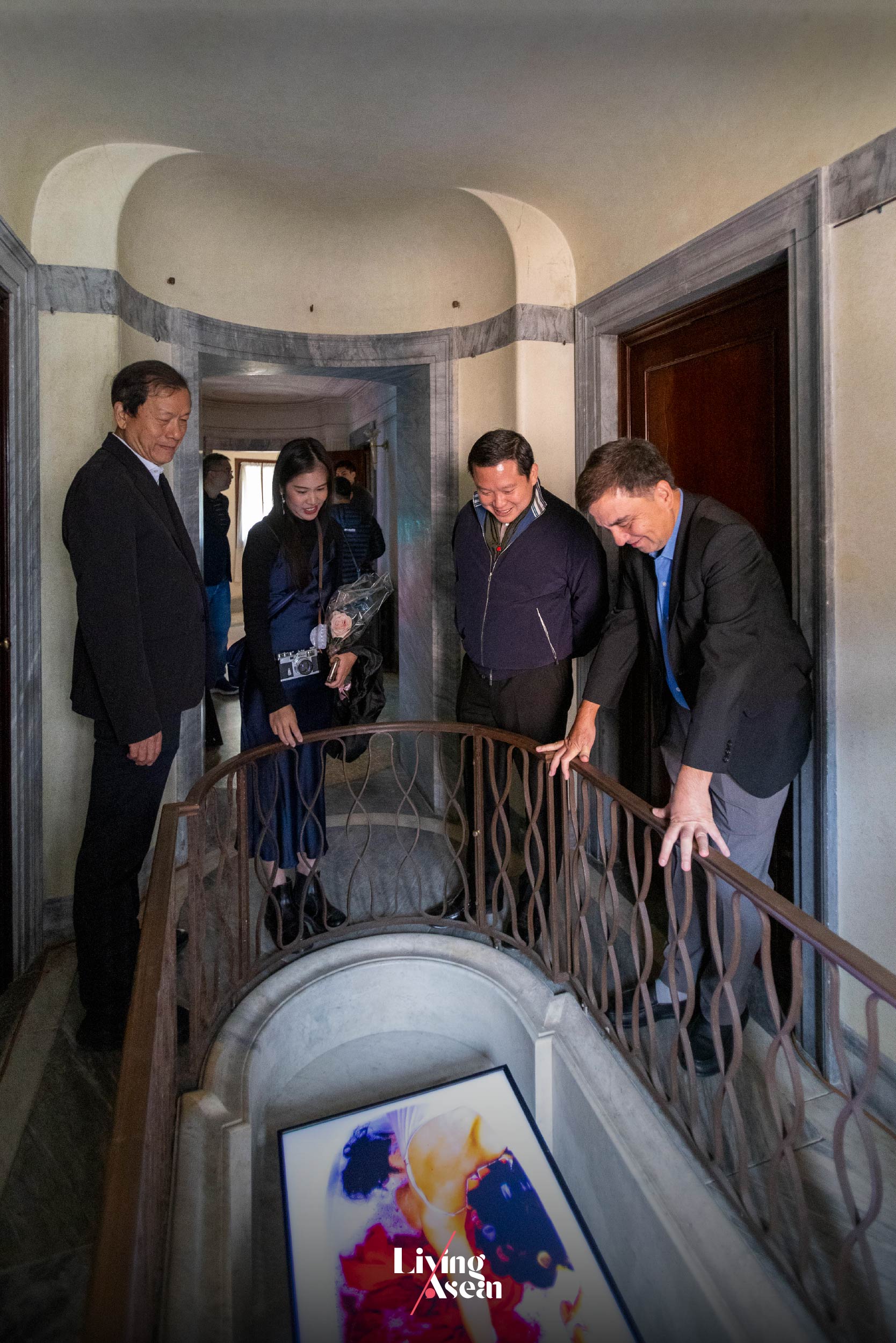
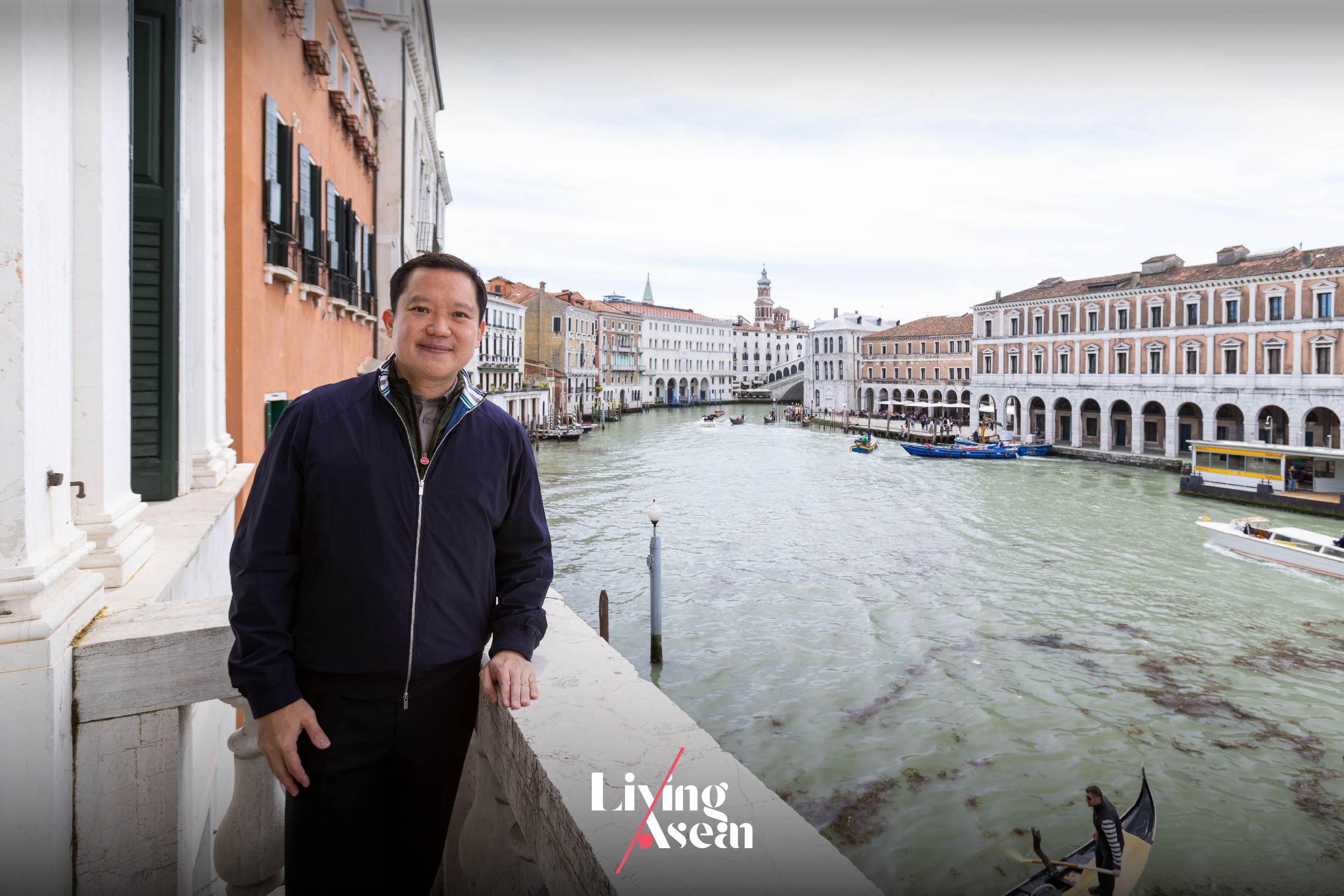
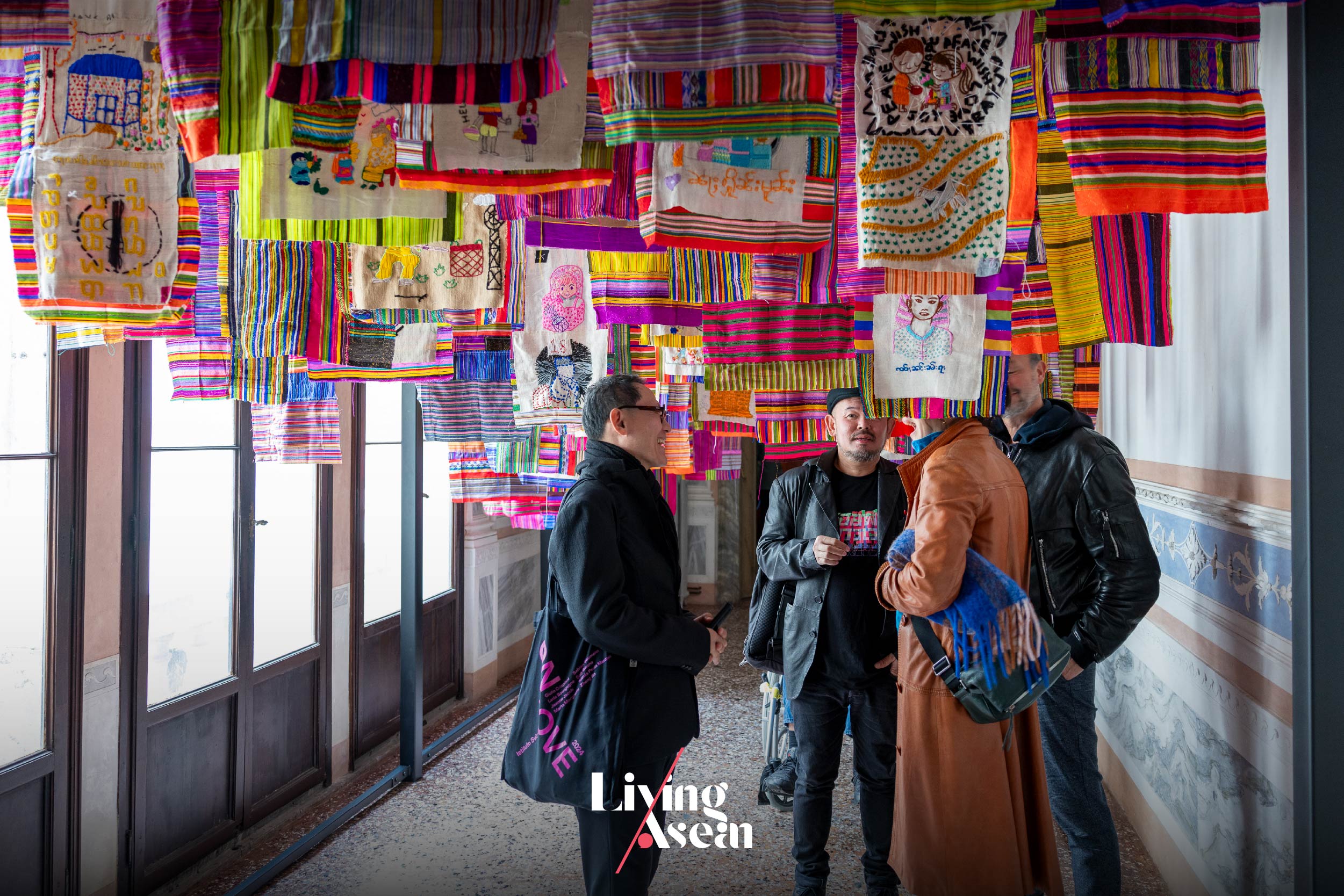
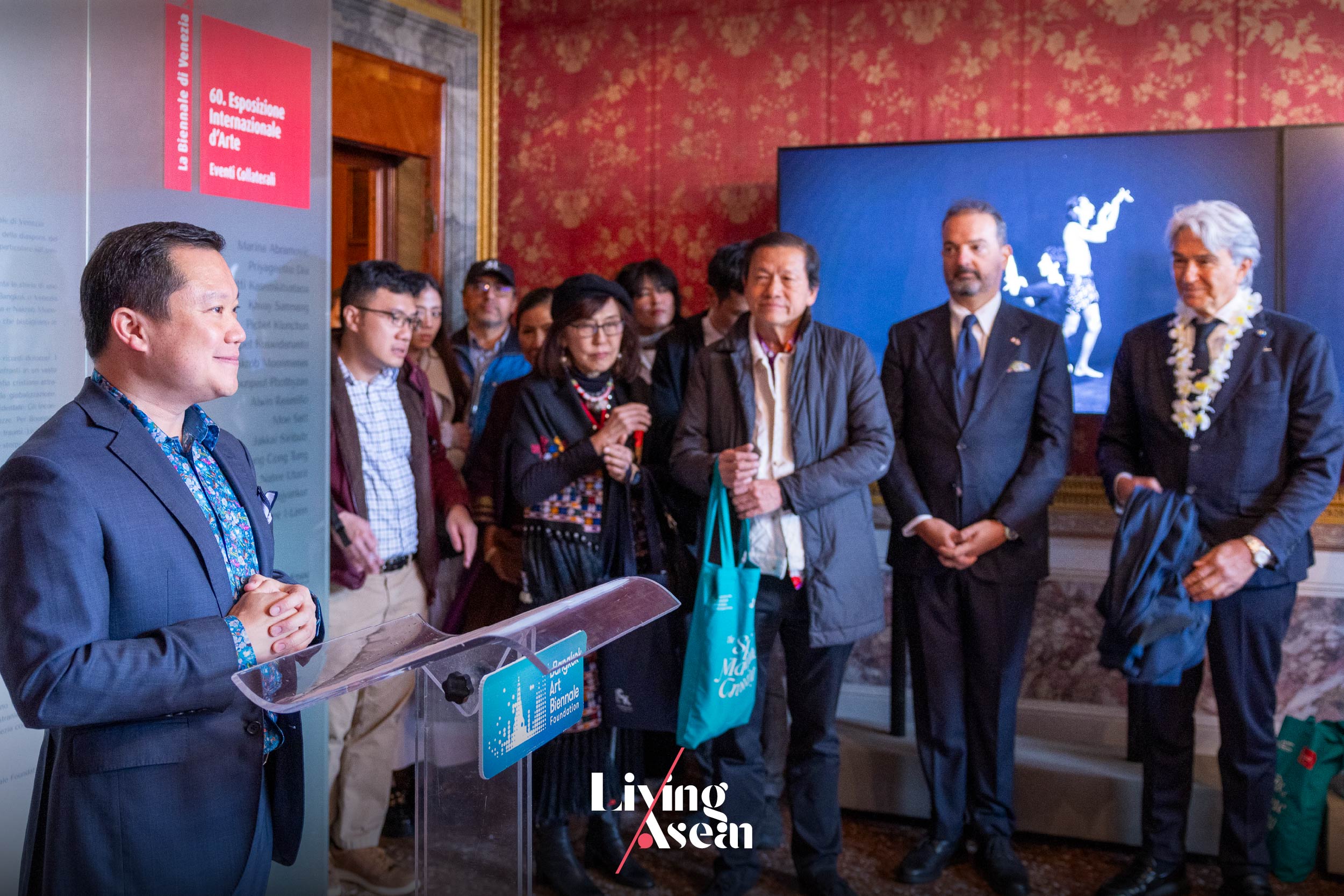
The Chang International Company Limited, the Sangsom Company Limited, the Ch Karnchang Public Company Limited, the Bangkok Expressway and Metro Transport Public Company Limited, the Tang Contemporary Art Company Limited, the Generali Life Assurance (Thailand) Public Company Limited, Richard Koh Fine Art (Singapore, Bangkok, Kuala Lumpur), Nova Contemporary, Warin Lab Contemporary, Silverlens Gallery, Flowers Gallery, and the Amarin Corporations Public Company Limited, and its business affiliations.
For the latest news on contemporary art events organized by the Bangkok Art Biennale Foundation, follow us on Facebook and Instagram at: BkkArtBiennale
A little bit about the venue:
Having been closed for more than 12 years for renovation, Palazzo Smith Mangilli Valmarana, a palace in Venice, Italy, opened its doors to visitors for the first time in mid-April 2024, performing a role as venue for the Spirits of Maritime Crossing art exhibition at the 60th Venice Biennale.
At one time, it was the residence of Joseph Smith, a British consul, art collector and connoisseur in Venice. Also called Consul Smith, he assisted many artists during his lifetime, acts of kindness that saw his home transform into a thriving art center and meeting place popular among artists. The palace later changed hands and the new owner, Count Giuseppe Mangilli, decided to hire Giannantonio Selva to renovate the interiors in the Neoclassic style, thereby restoring the home to its former glory as we see it today.
You may also like…
Pictures that Tell Stories: Bangkok Art Biennale 2018 (Photo Essay)

